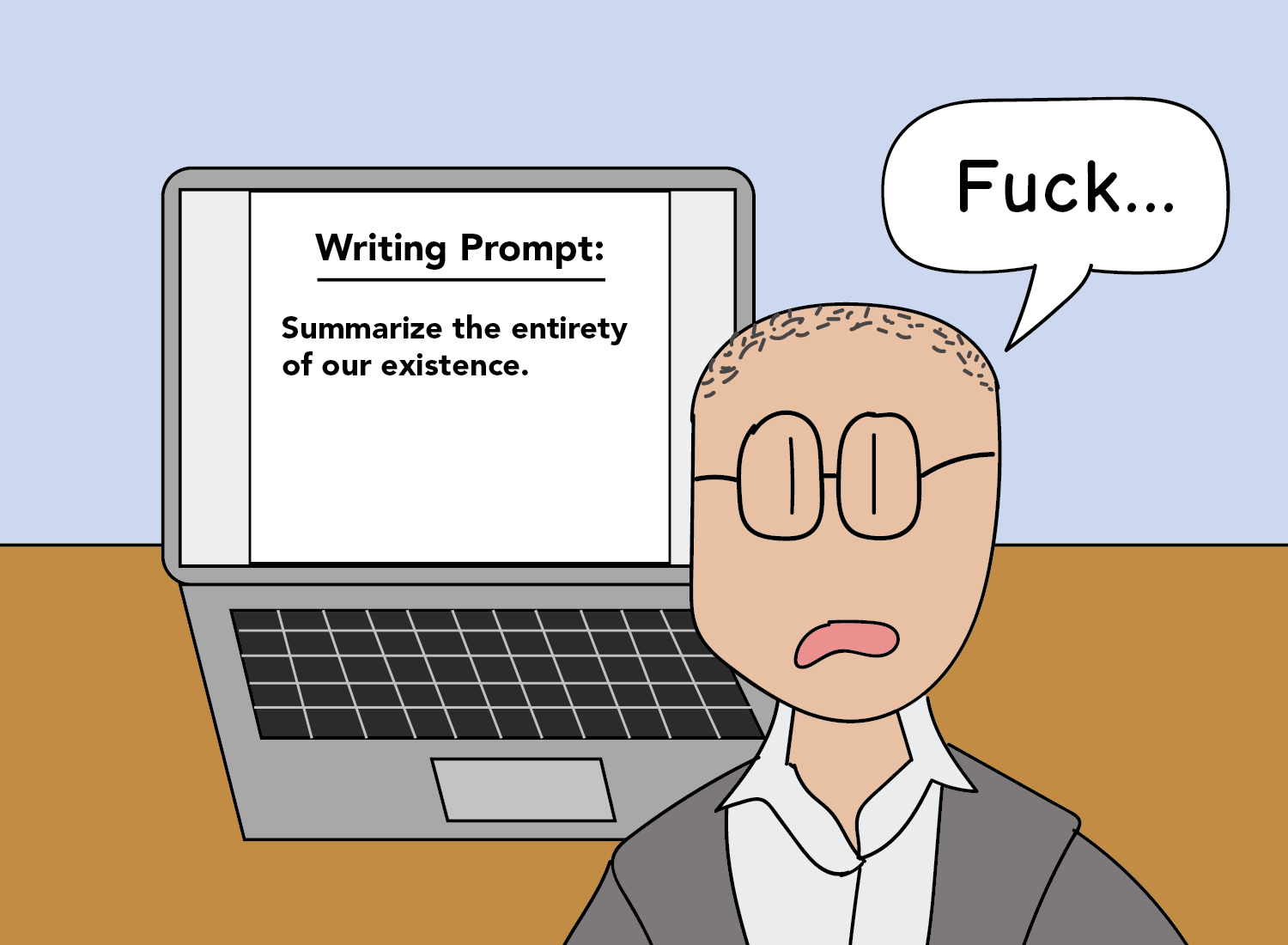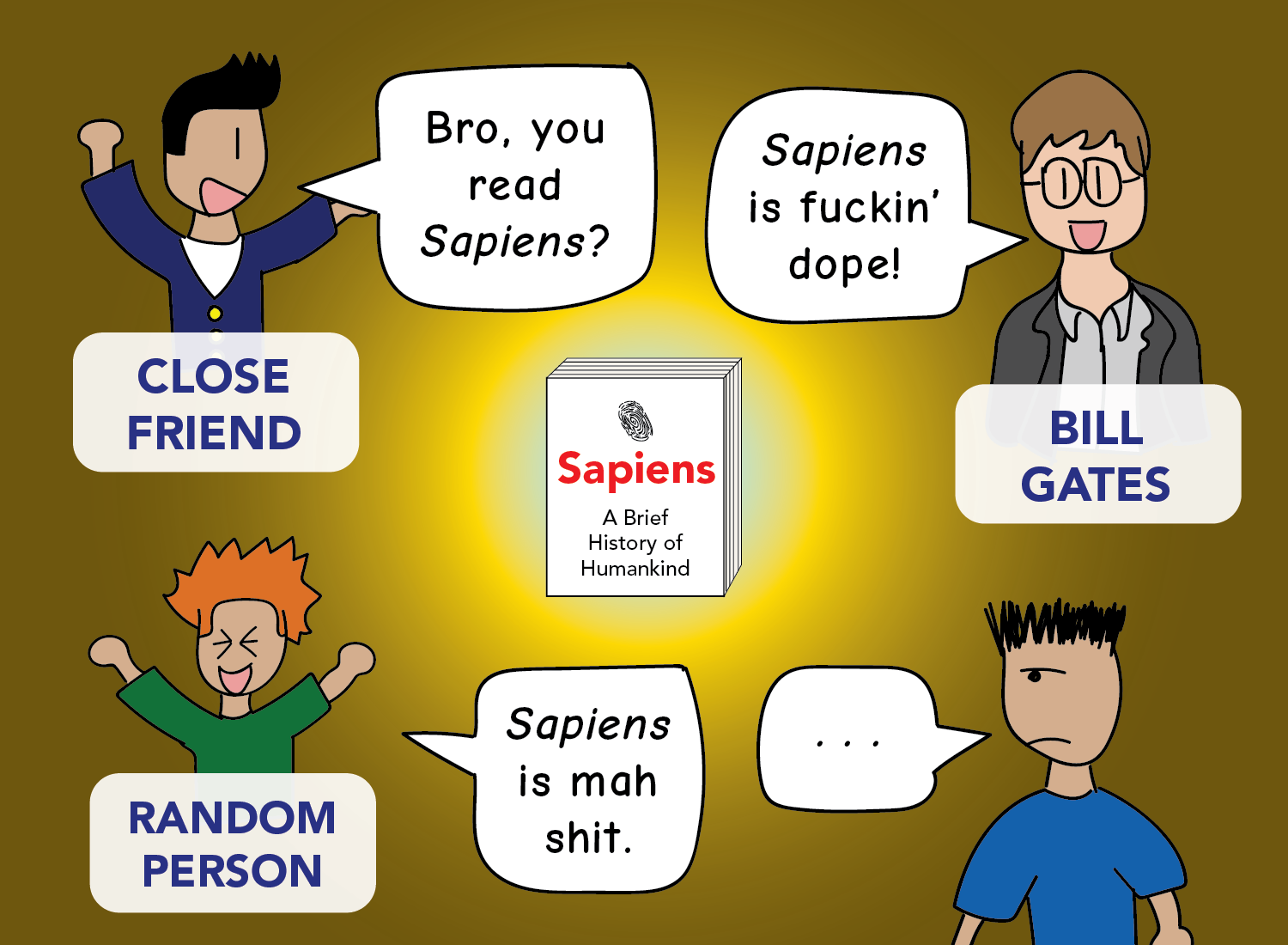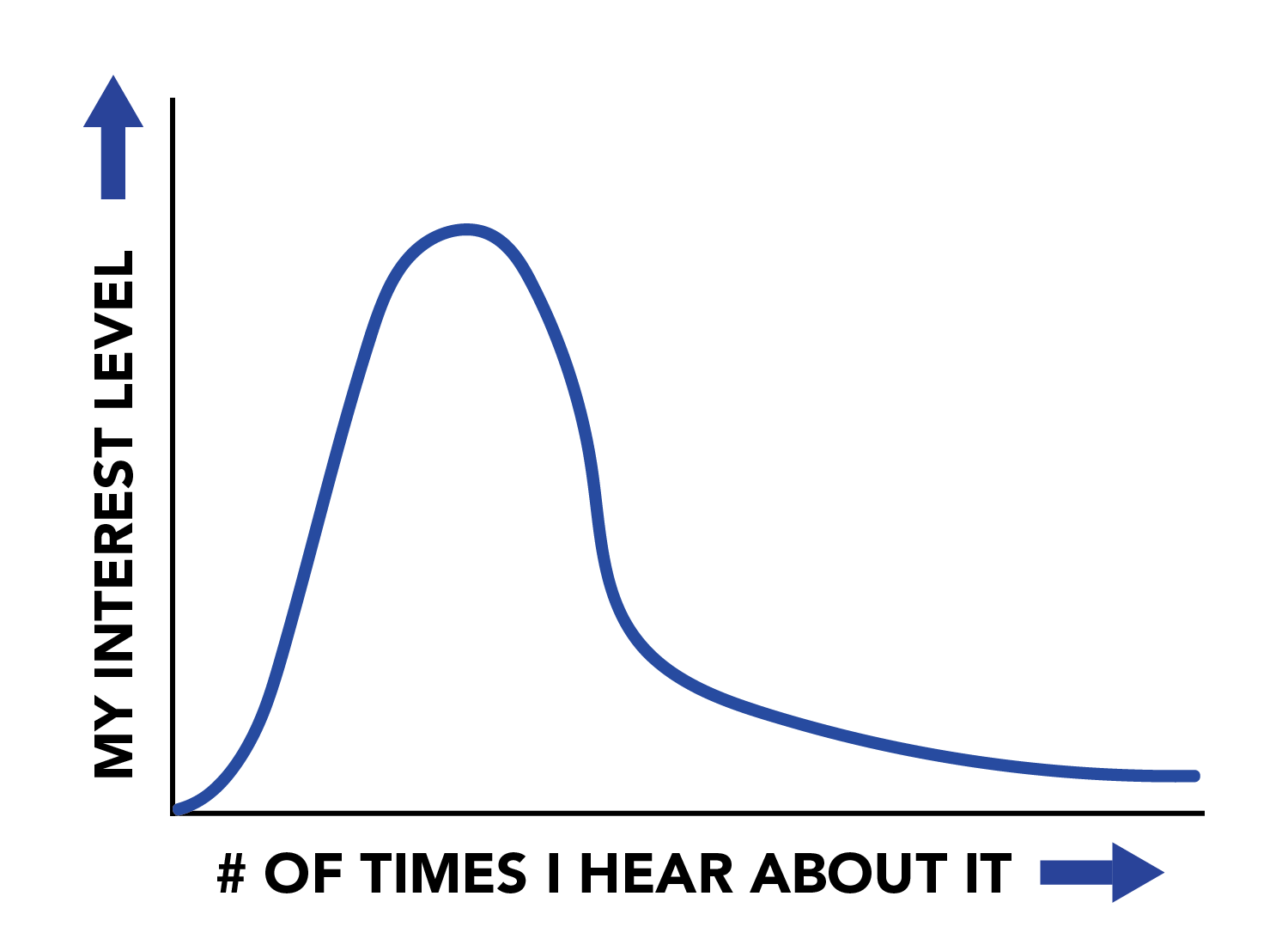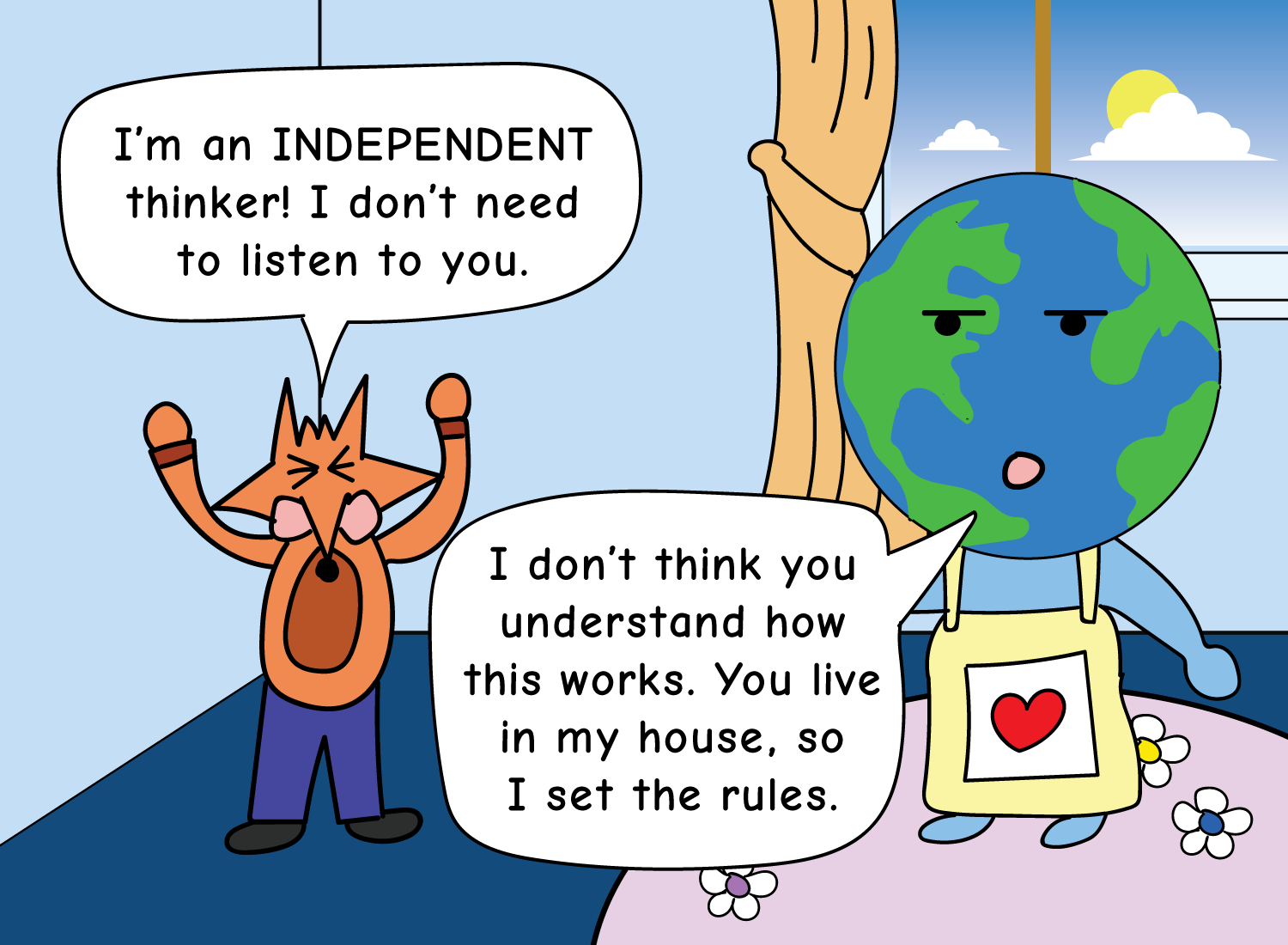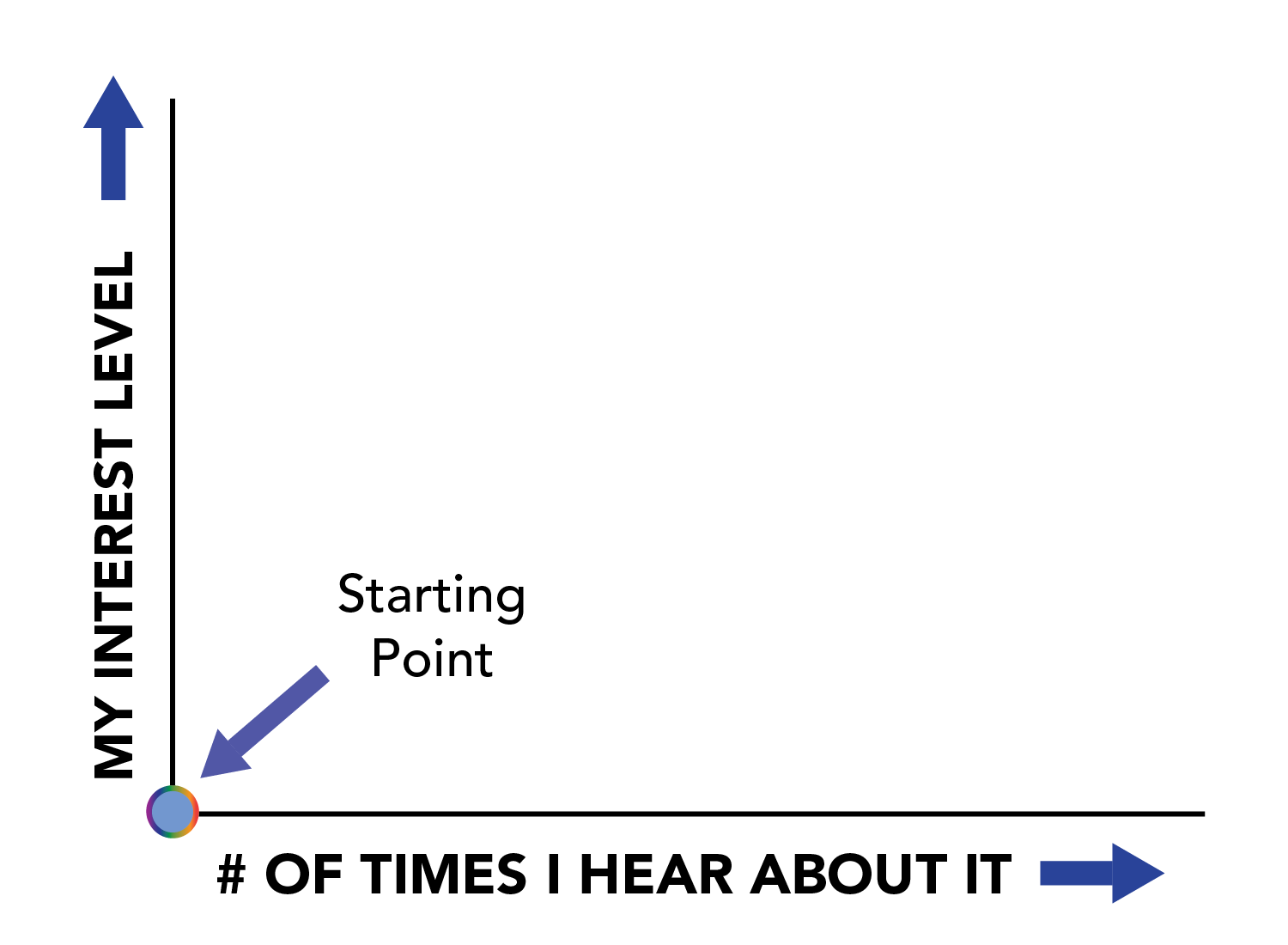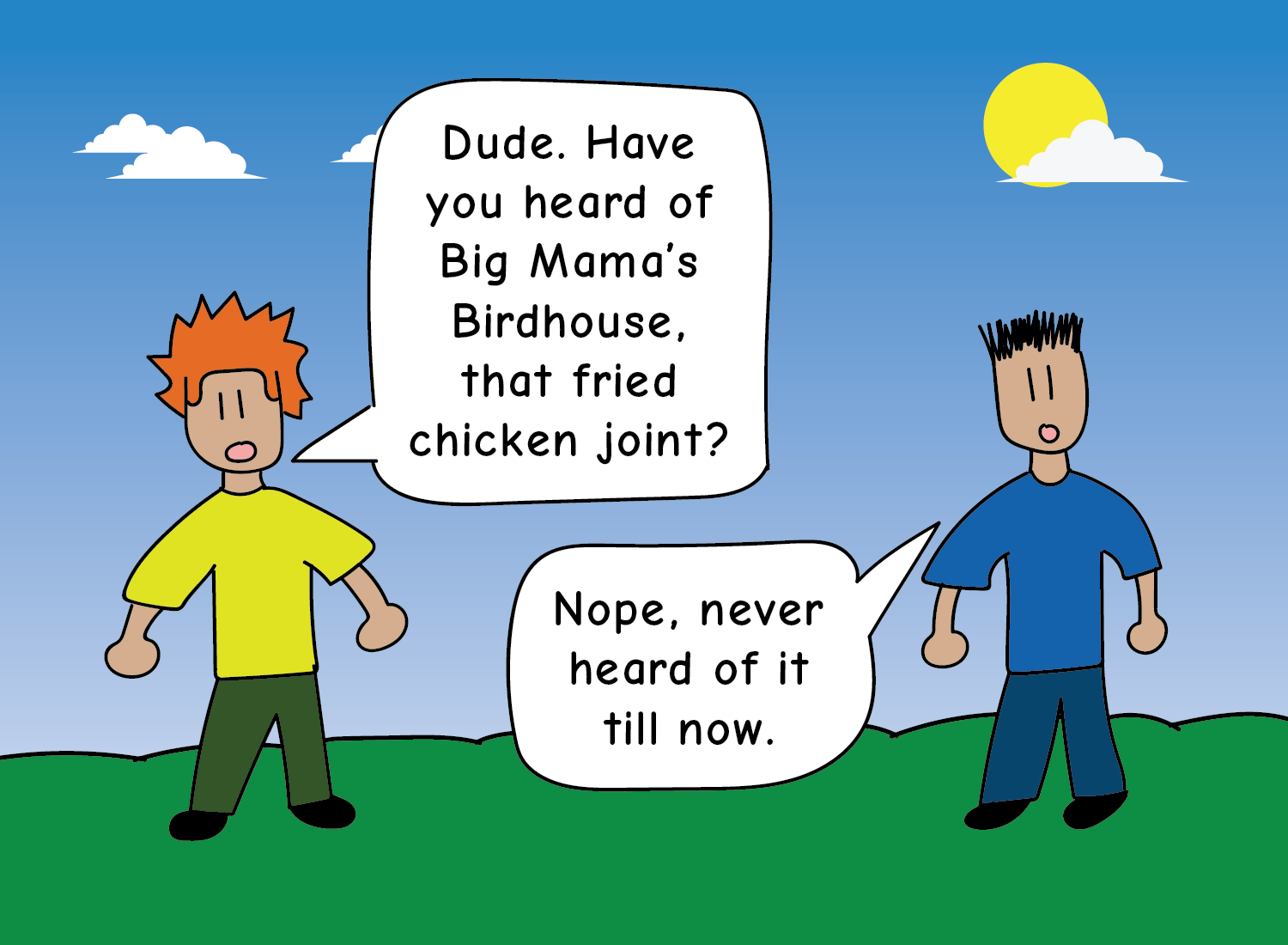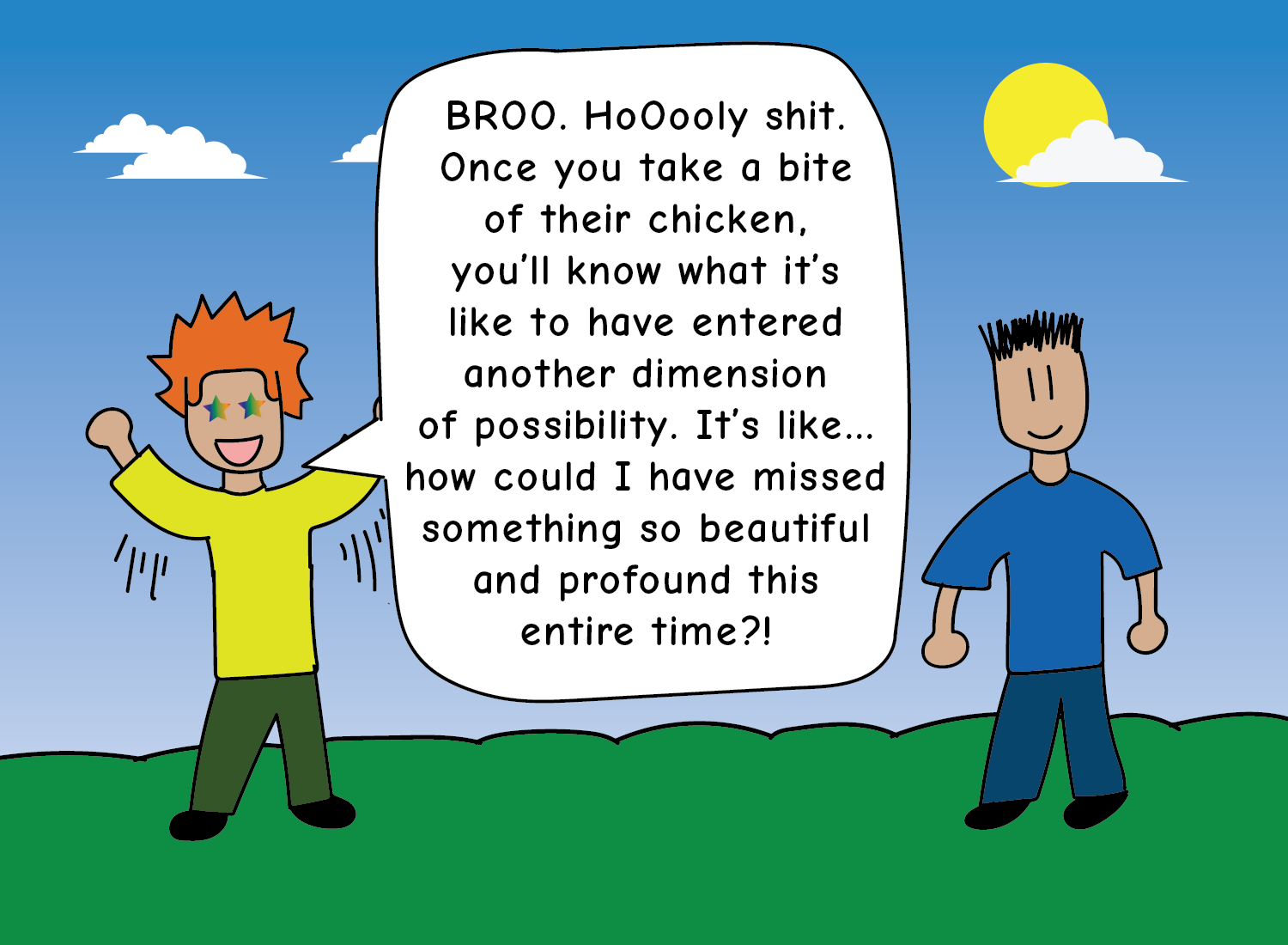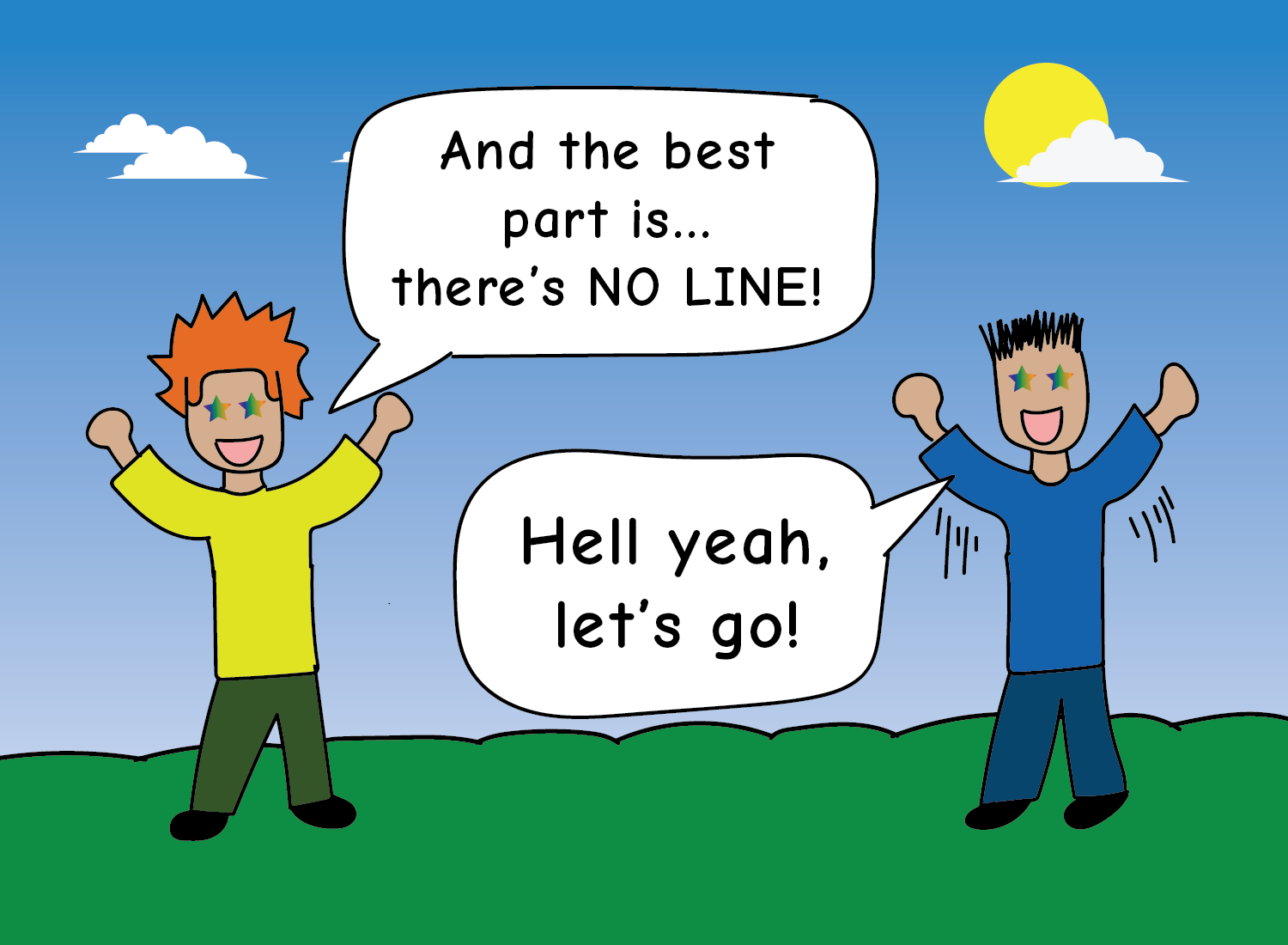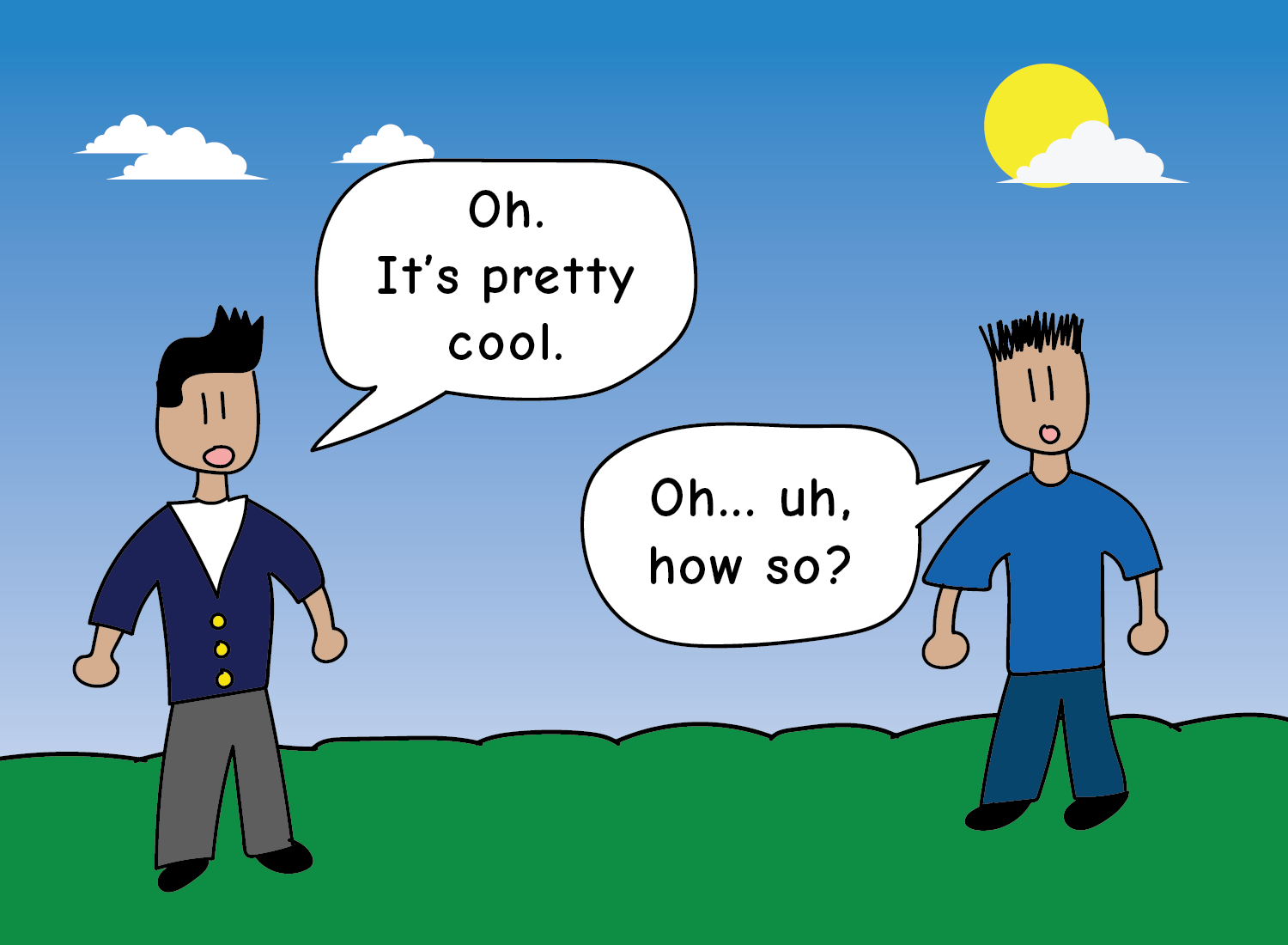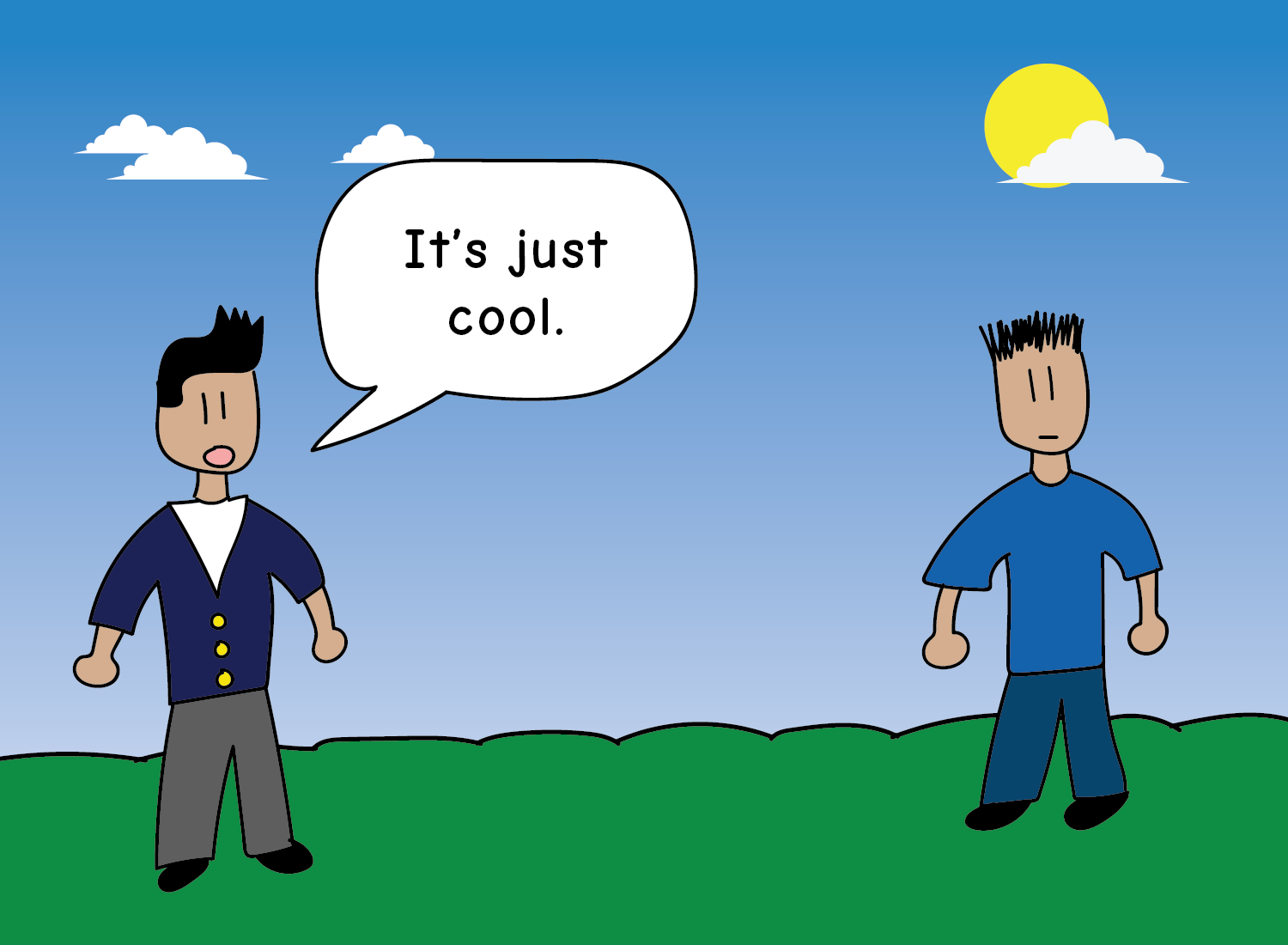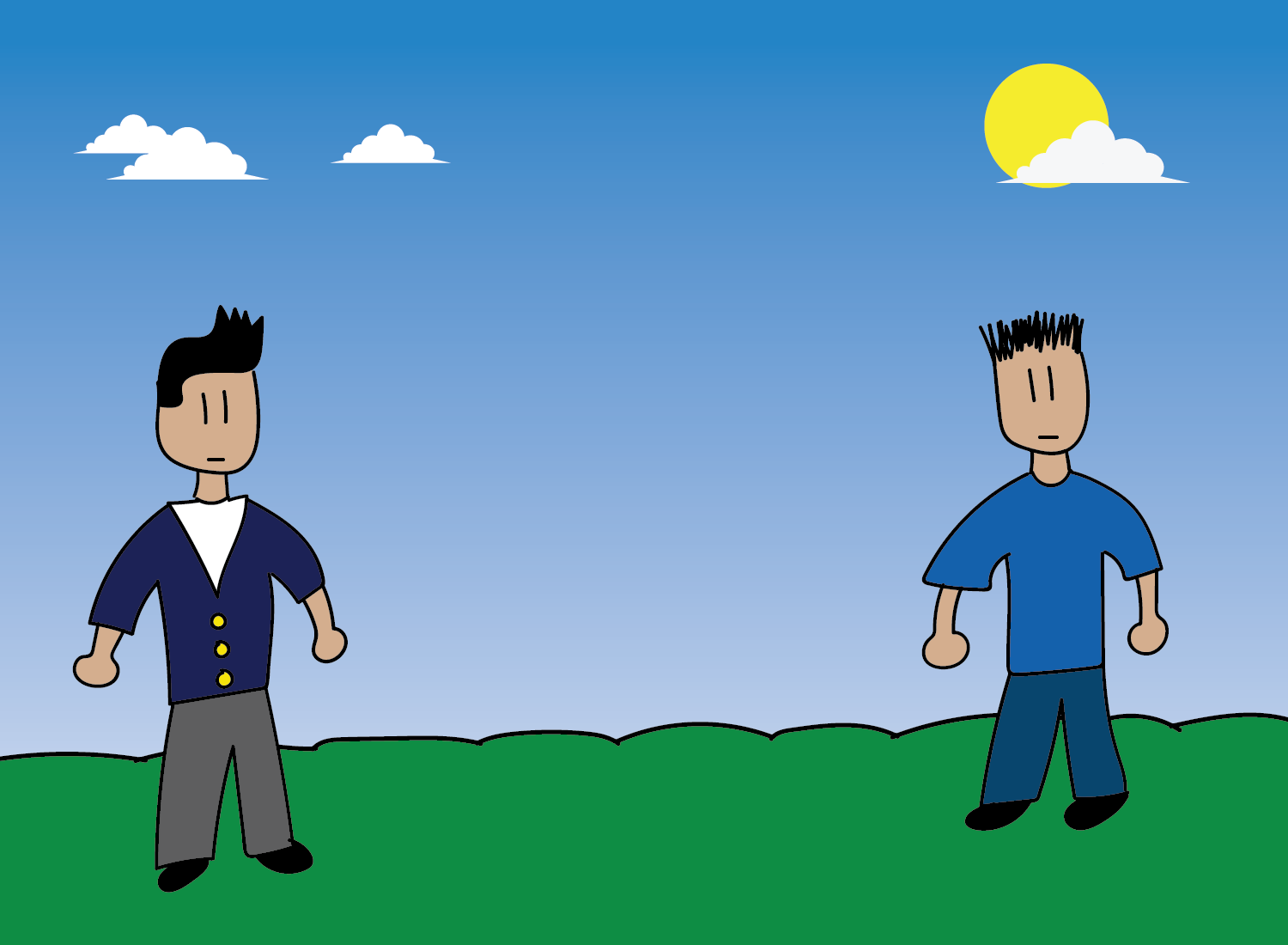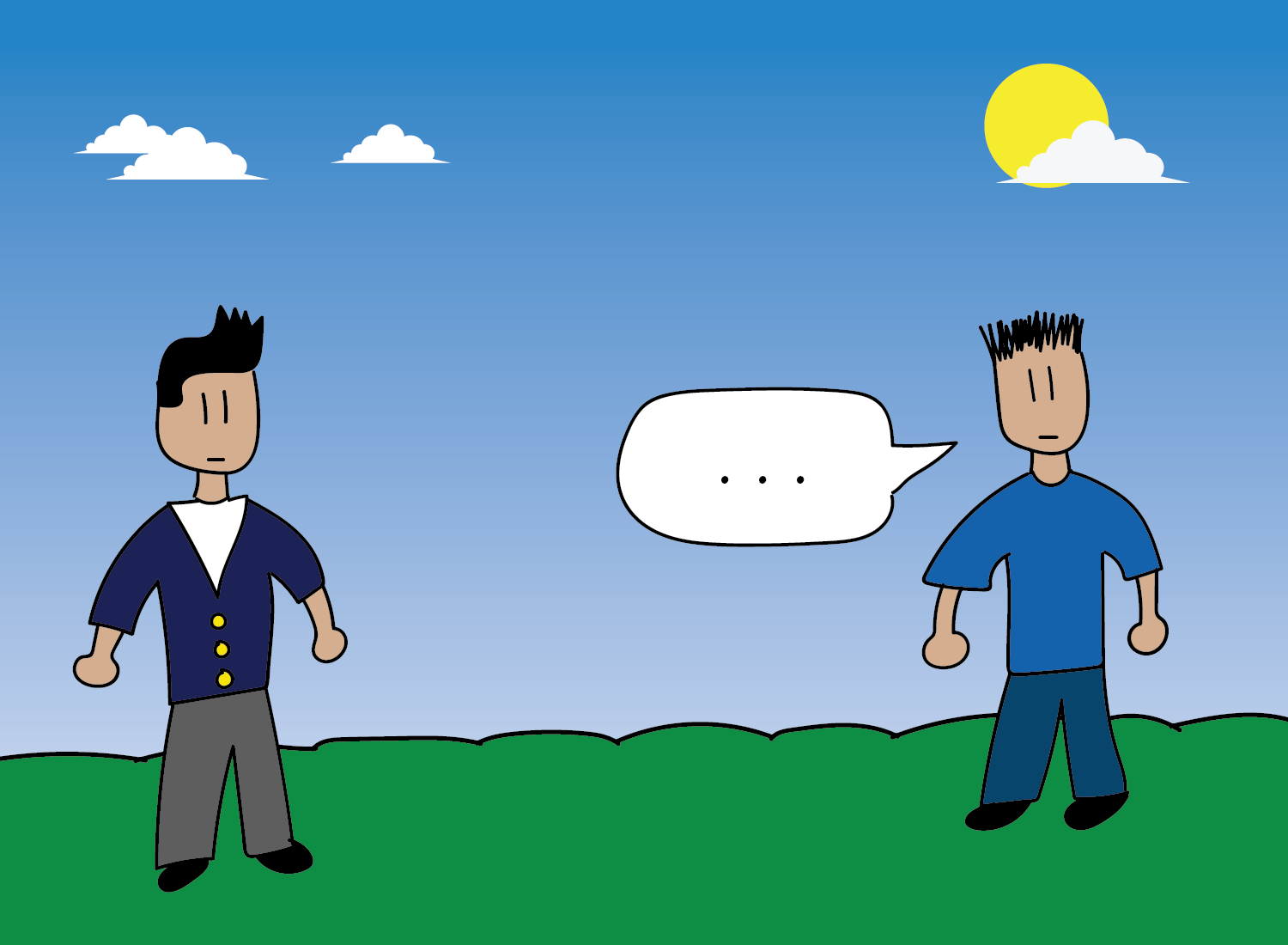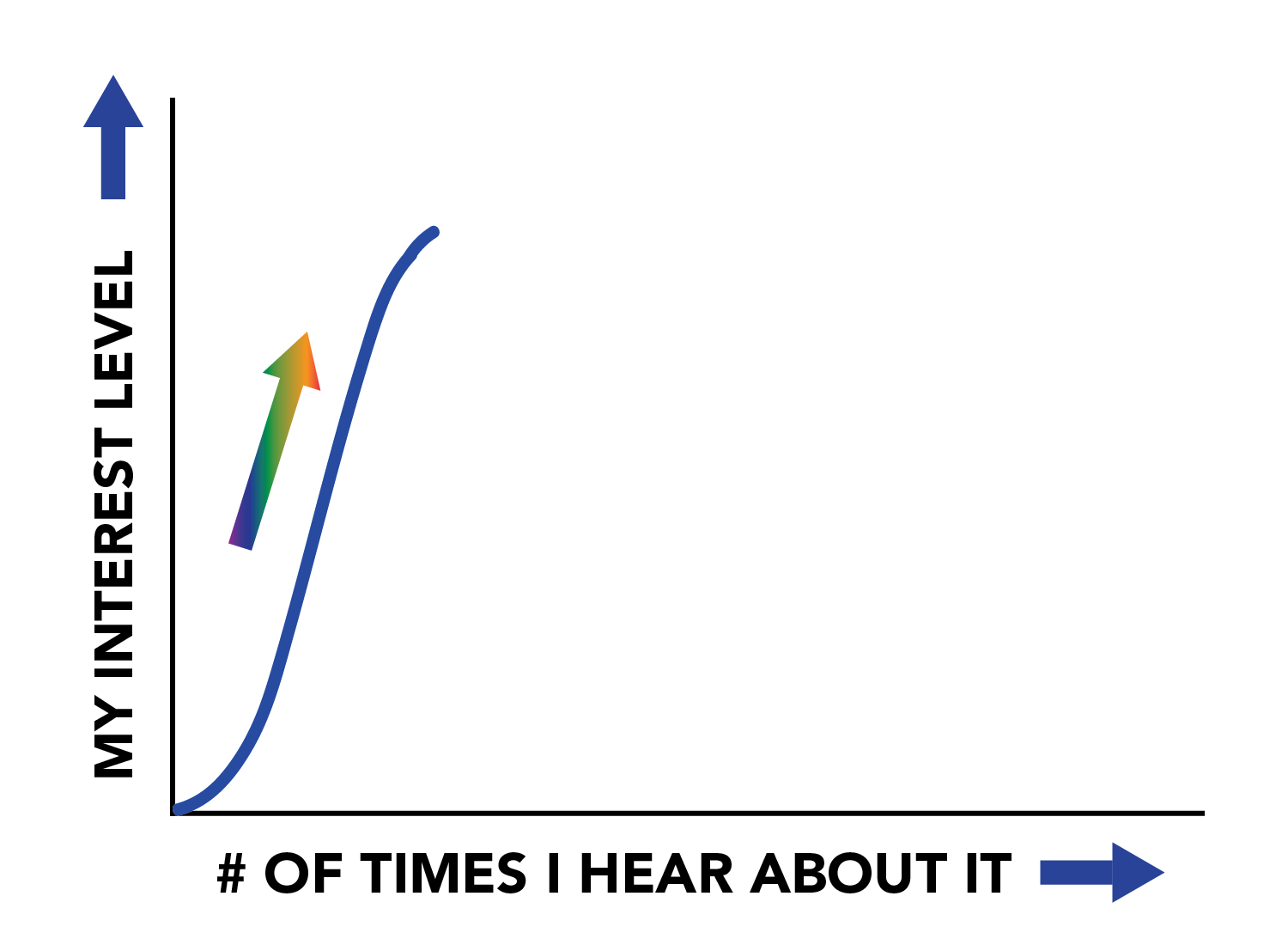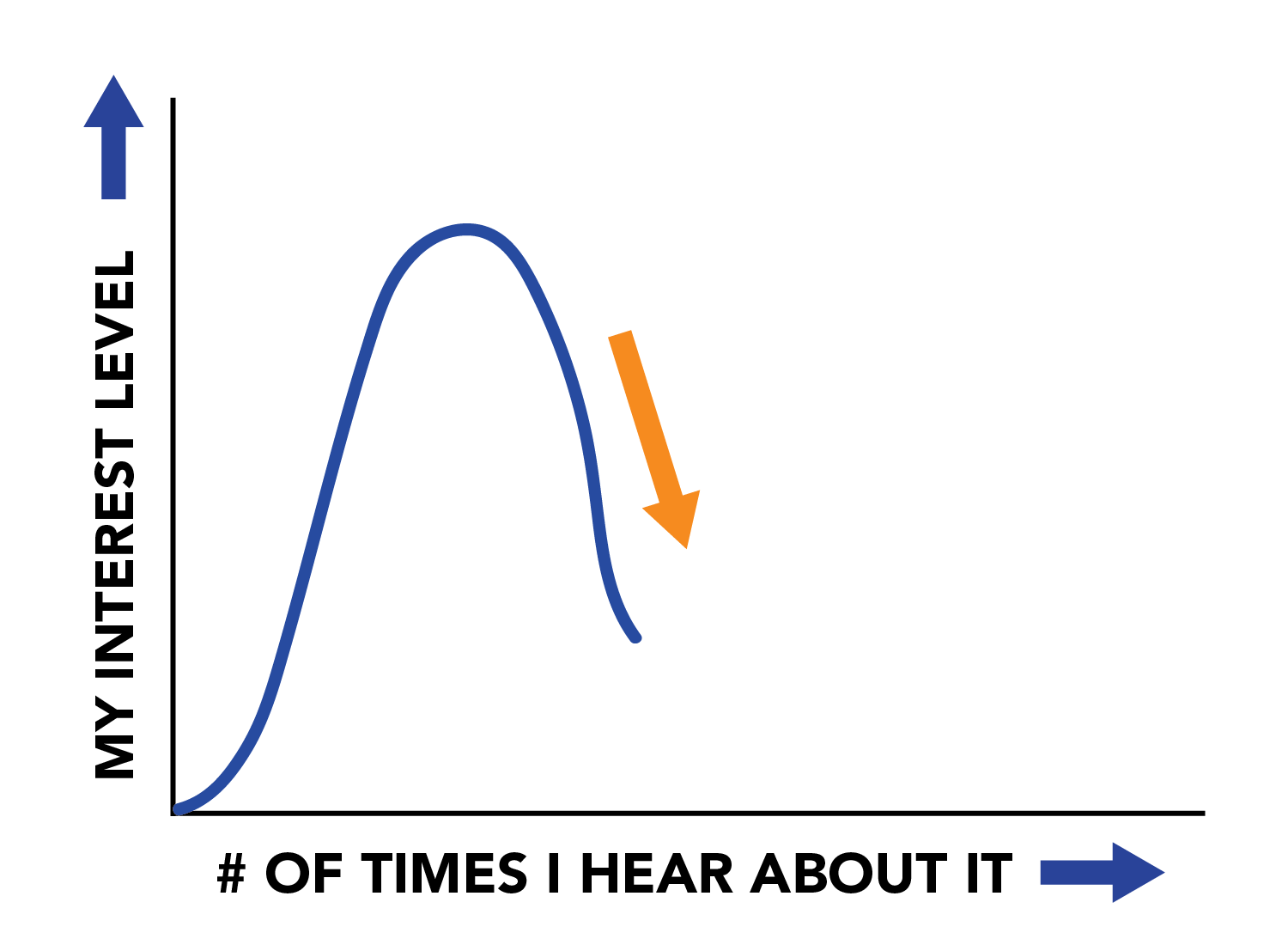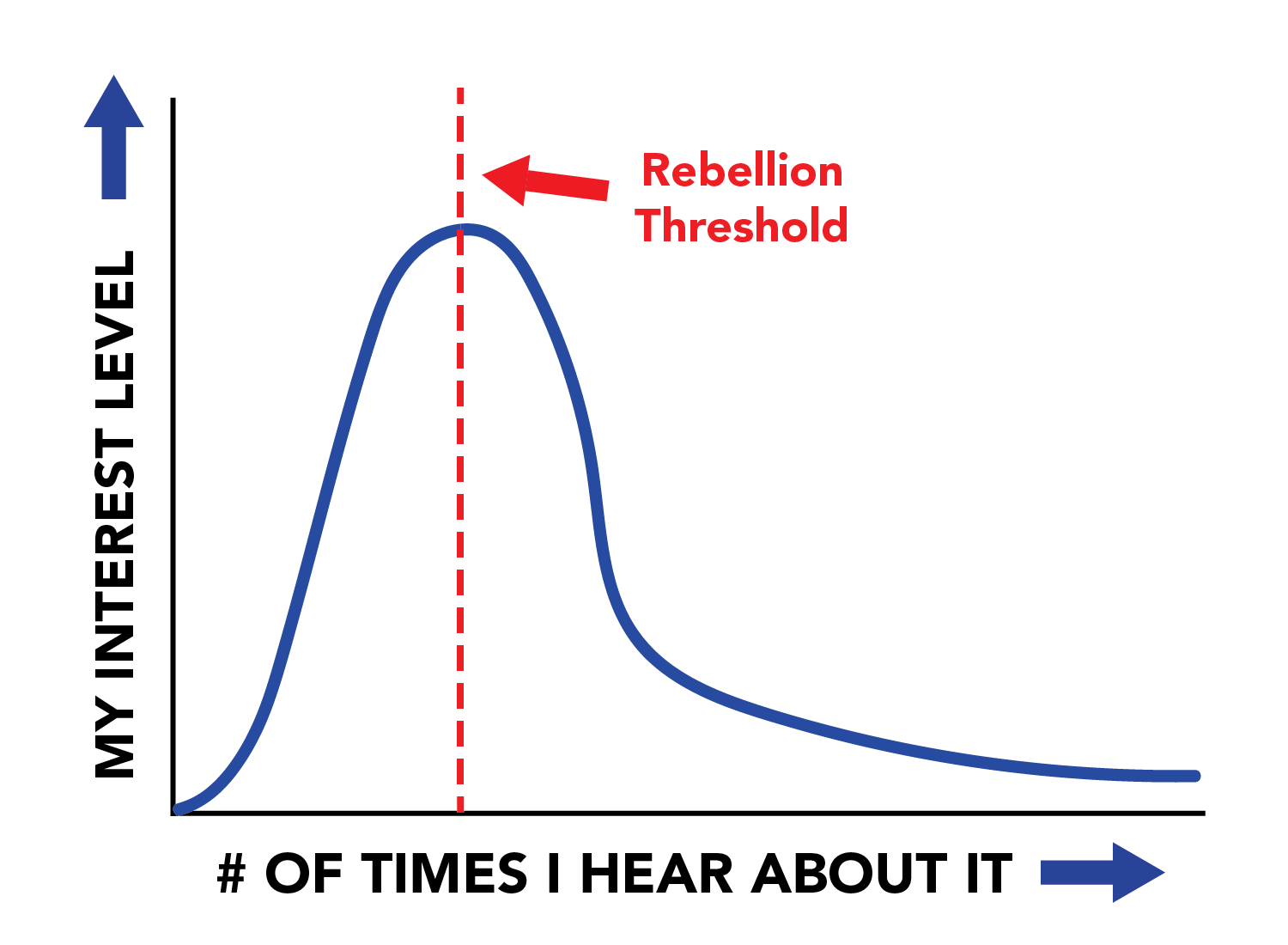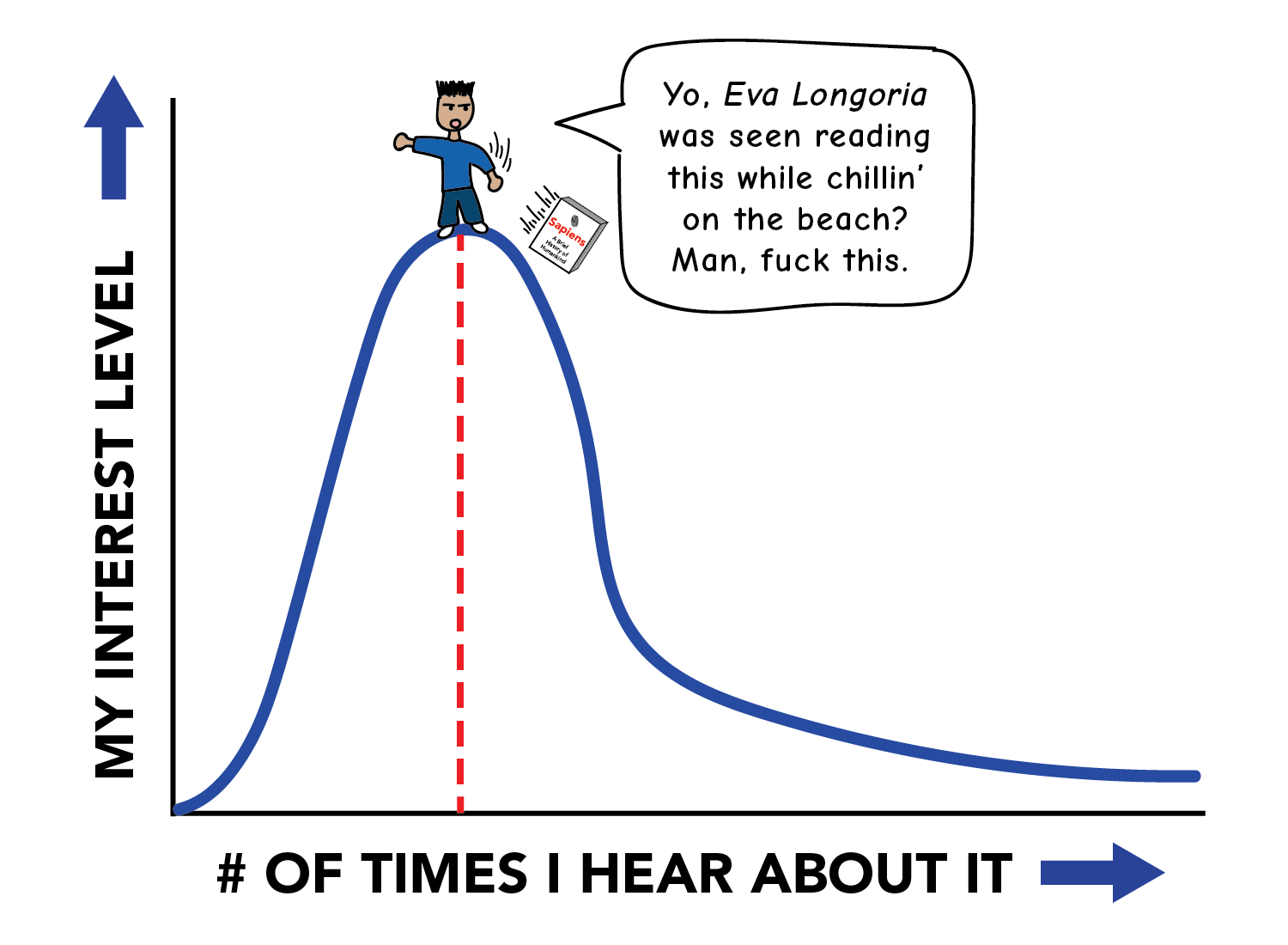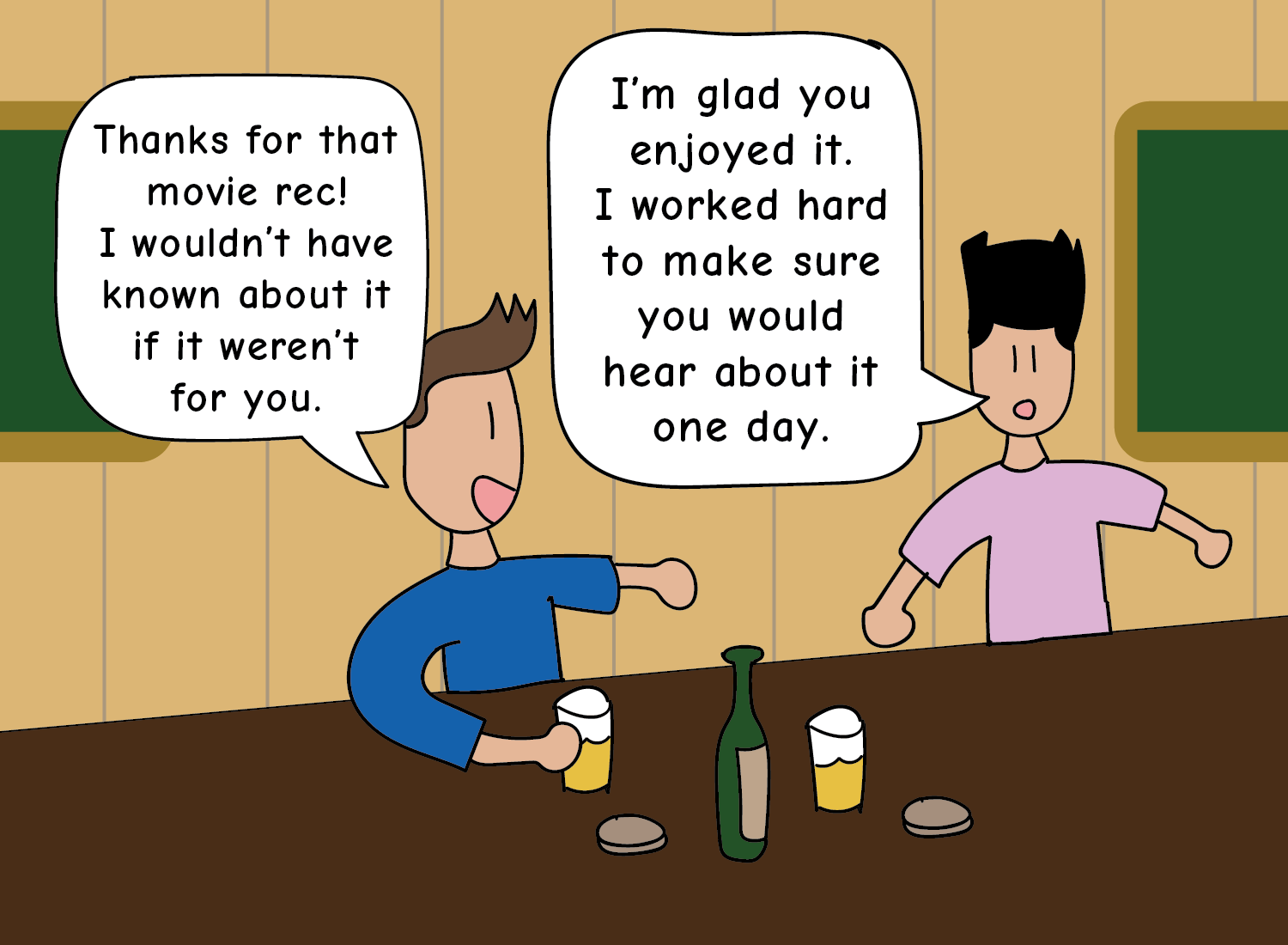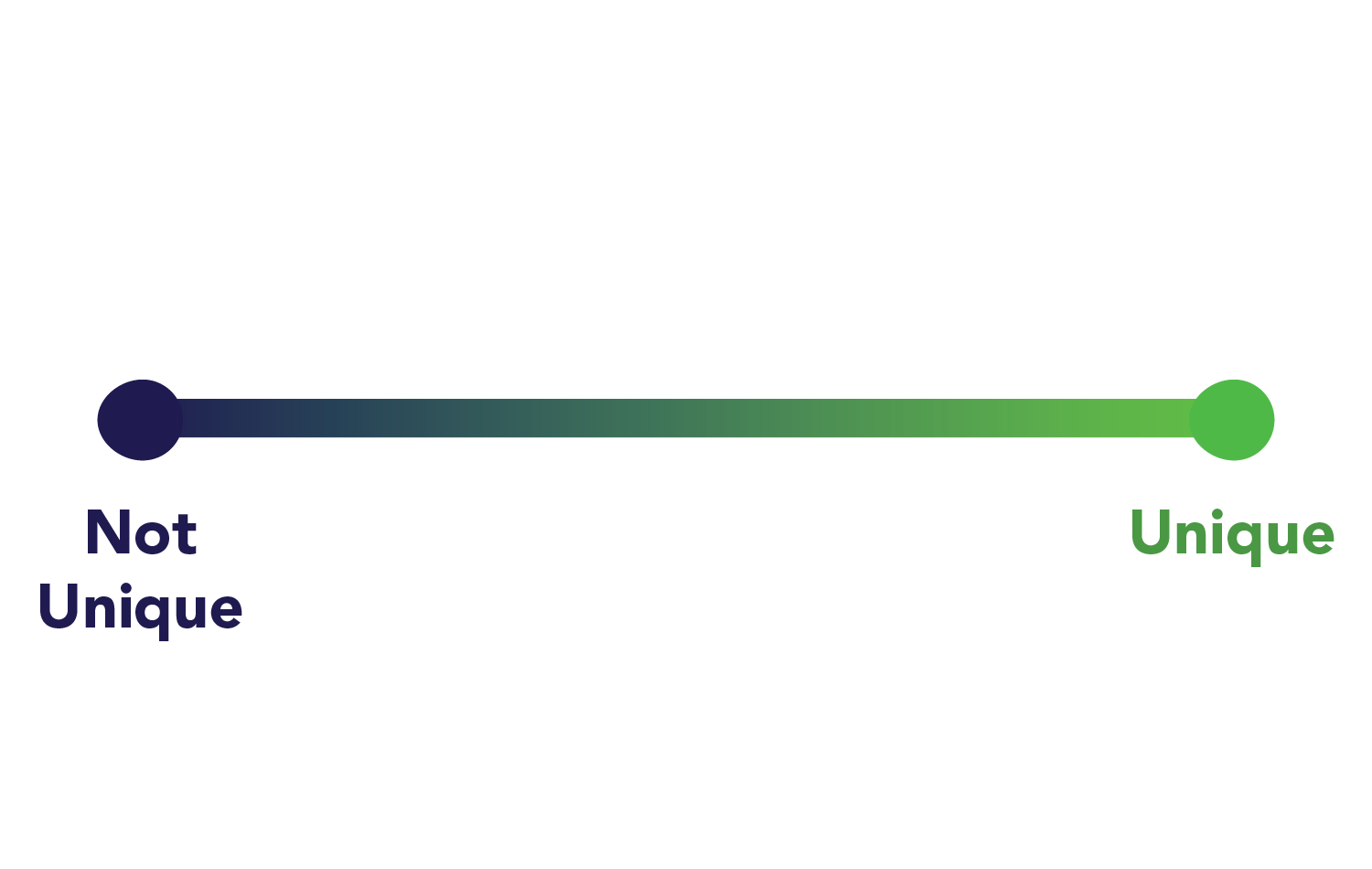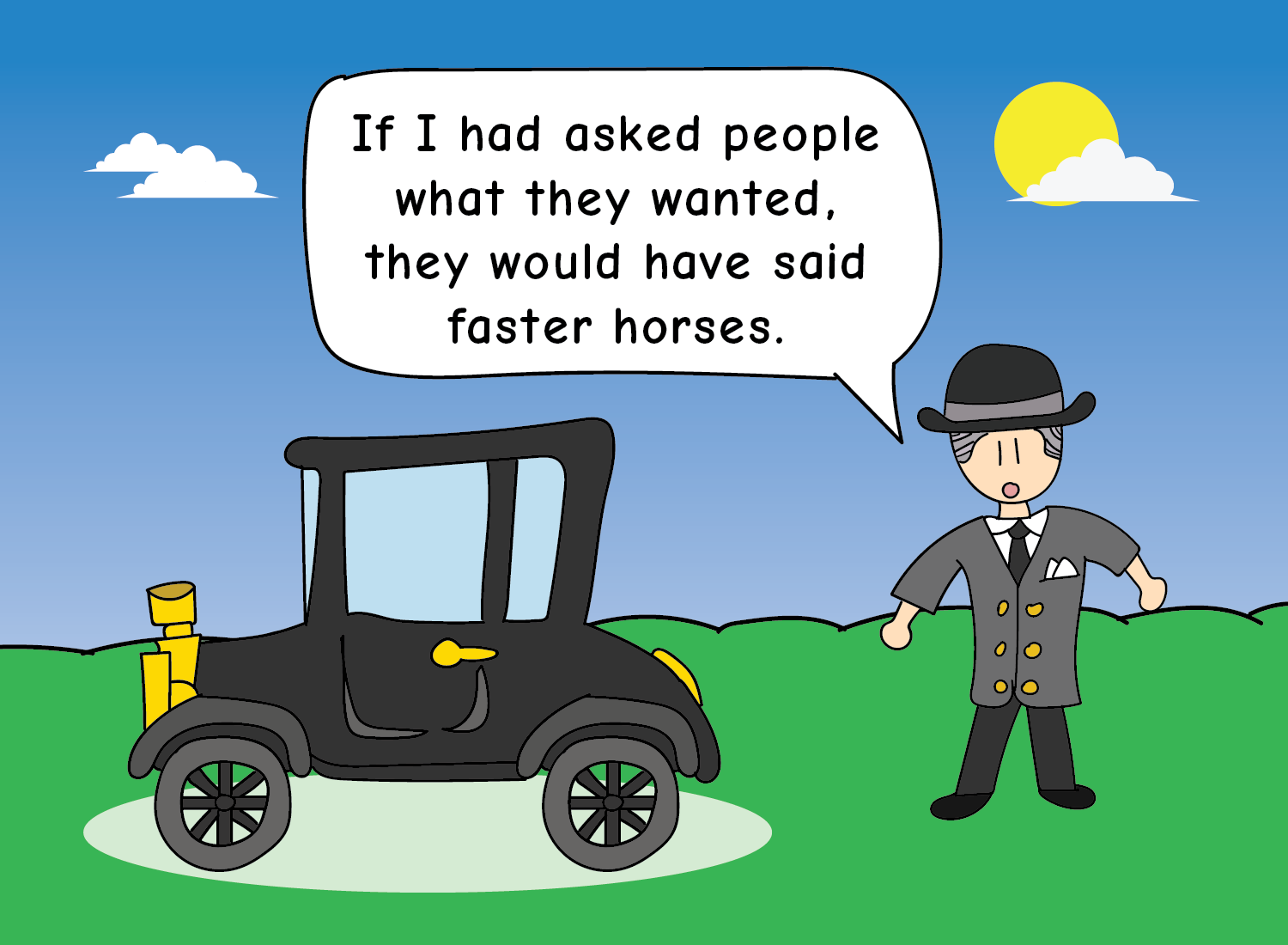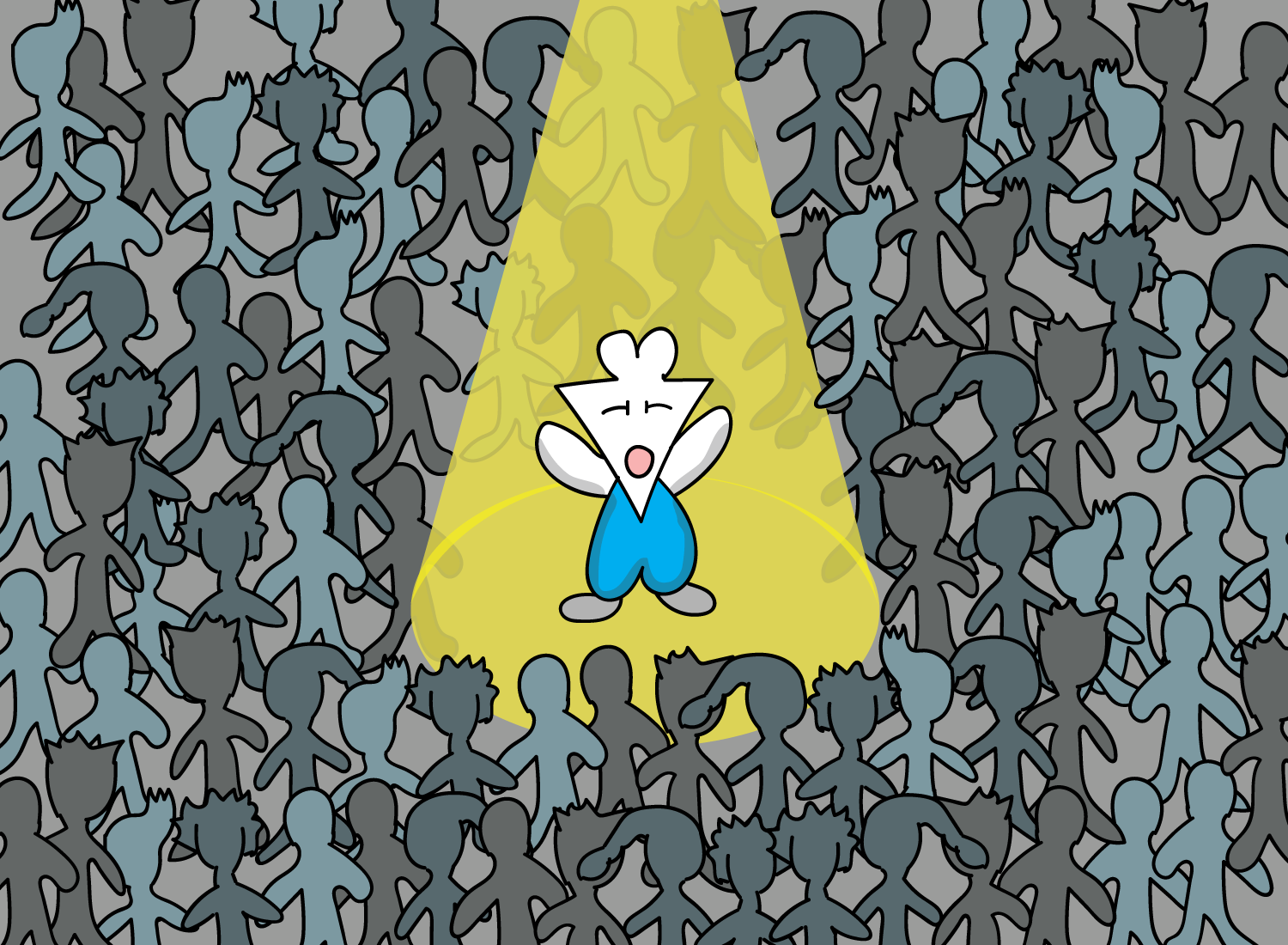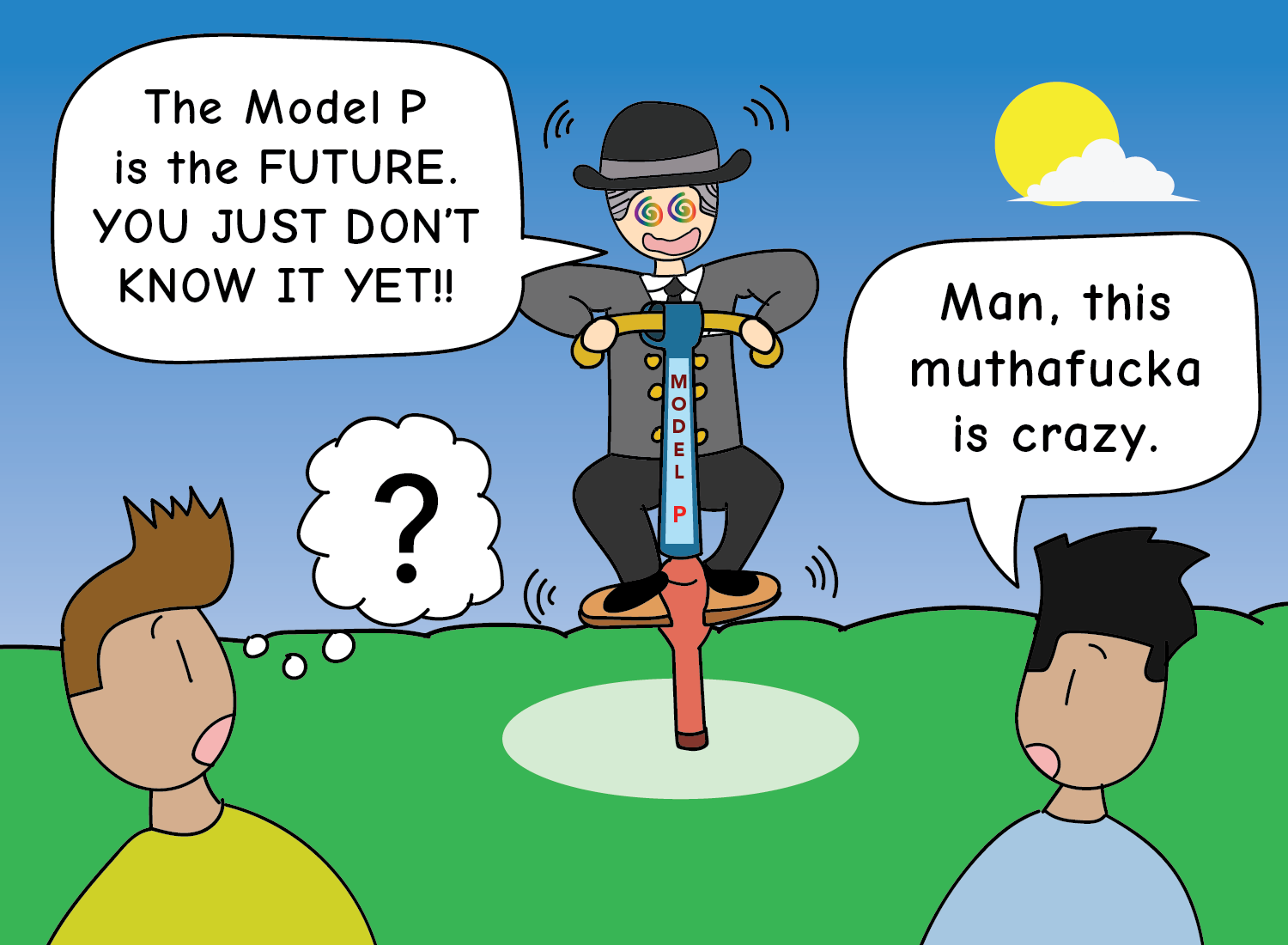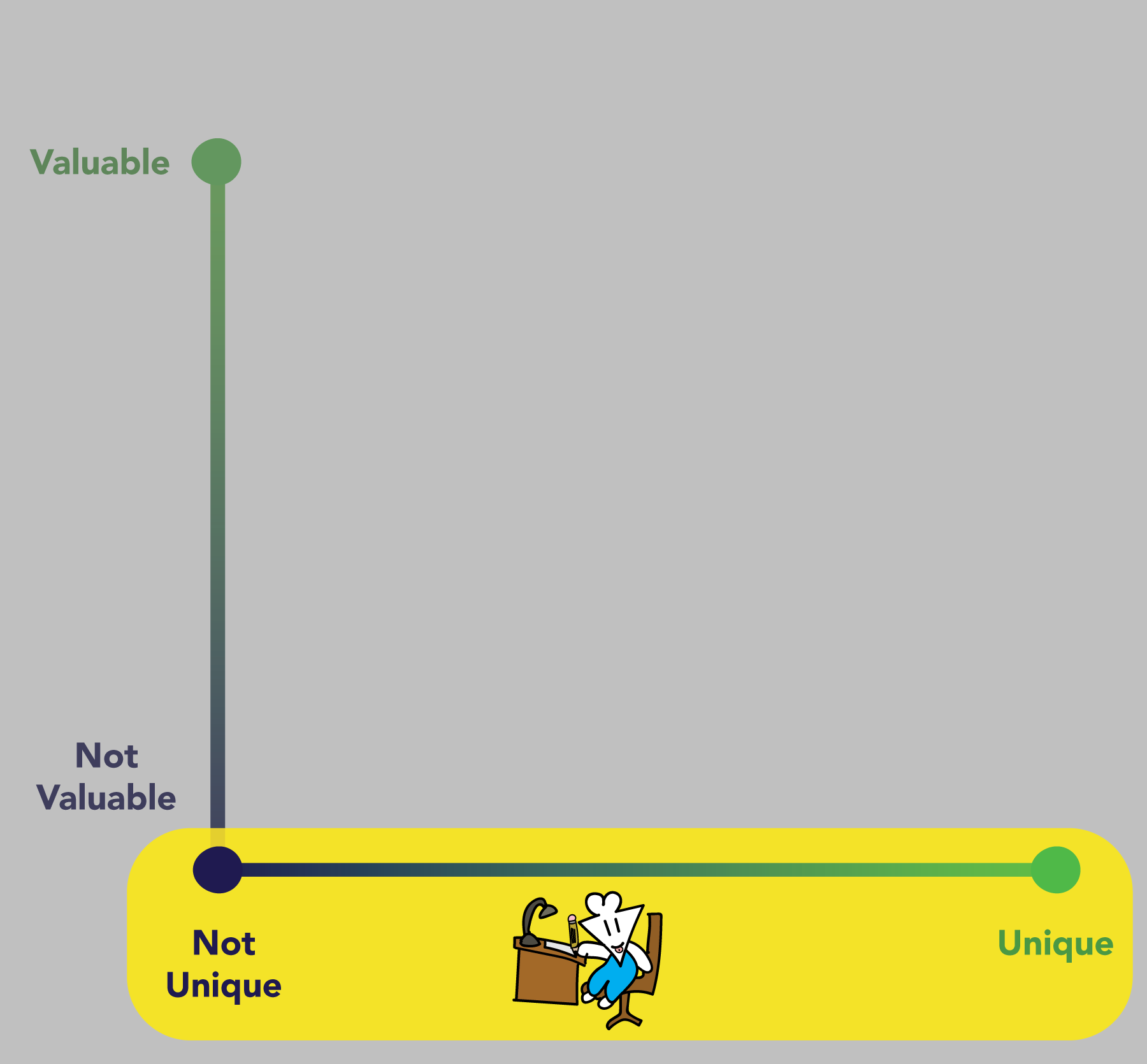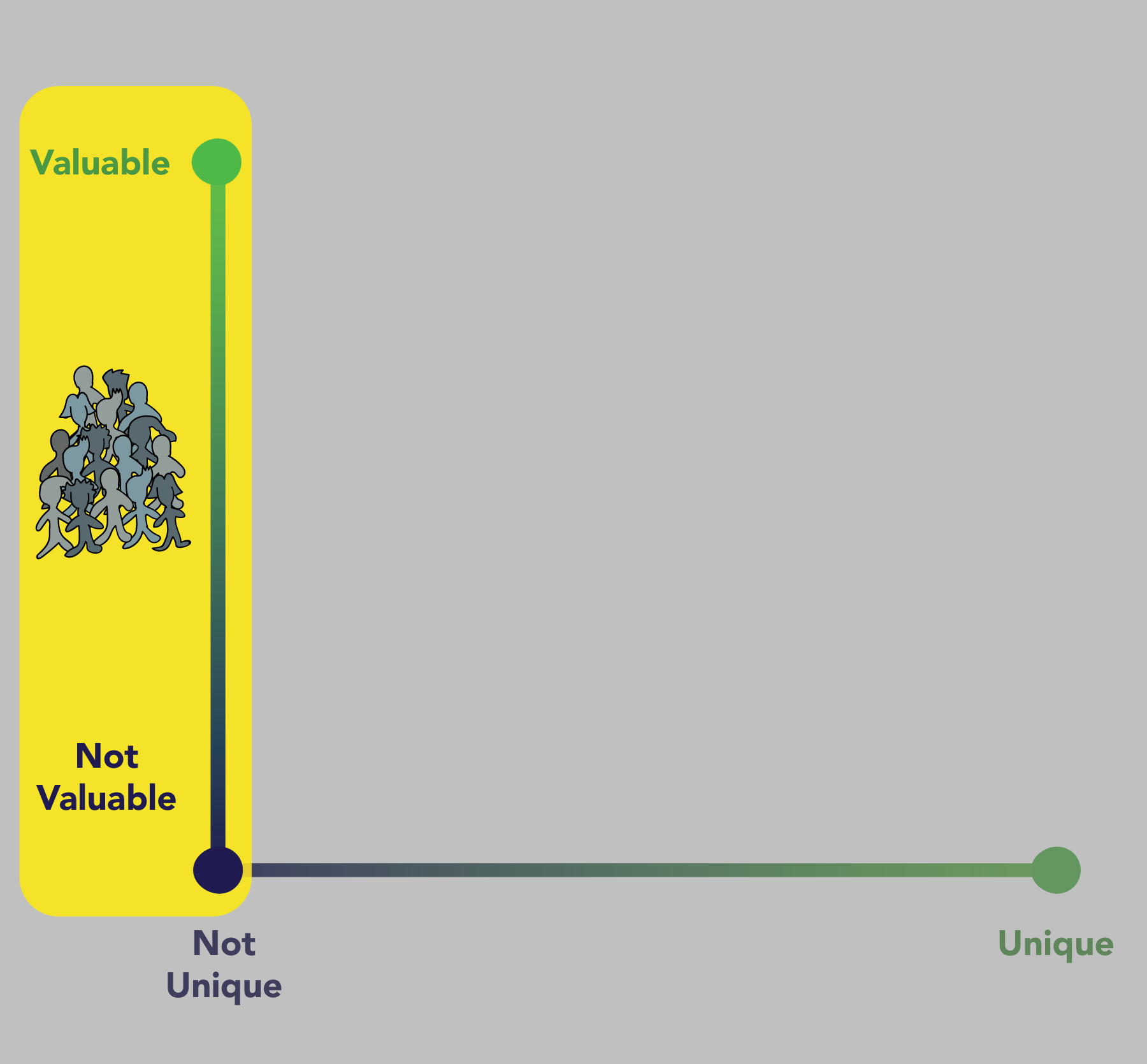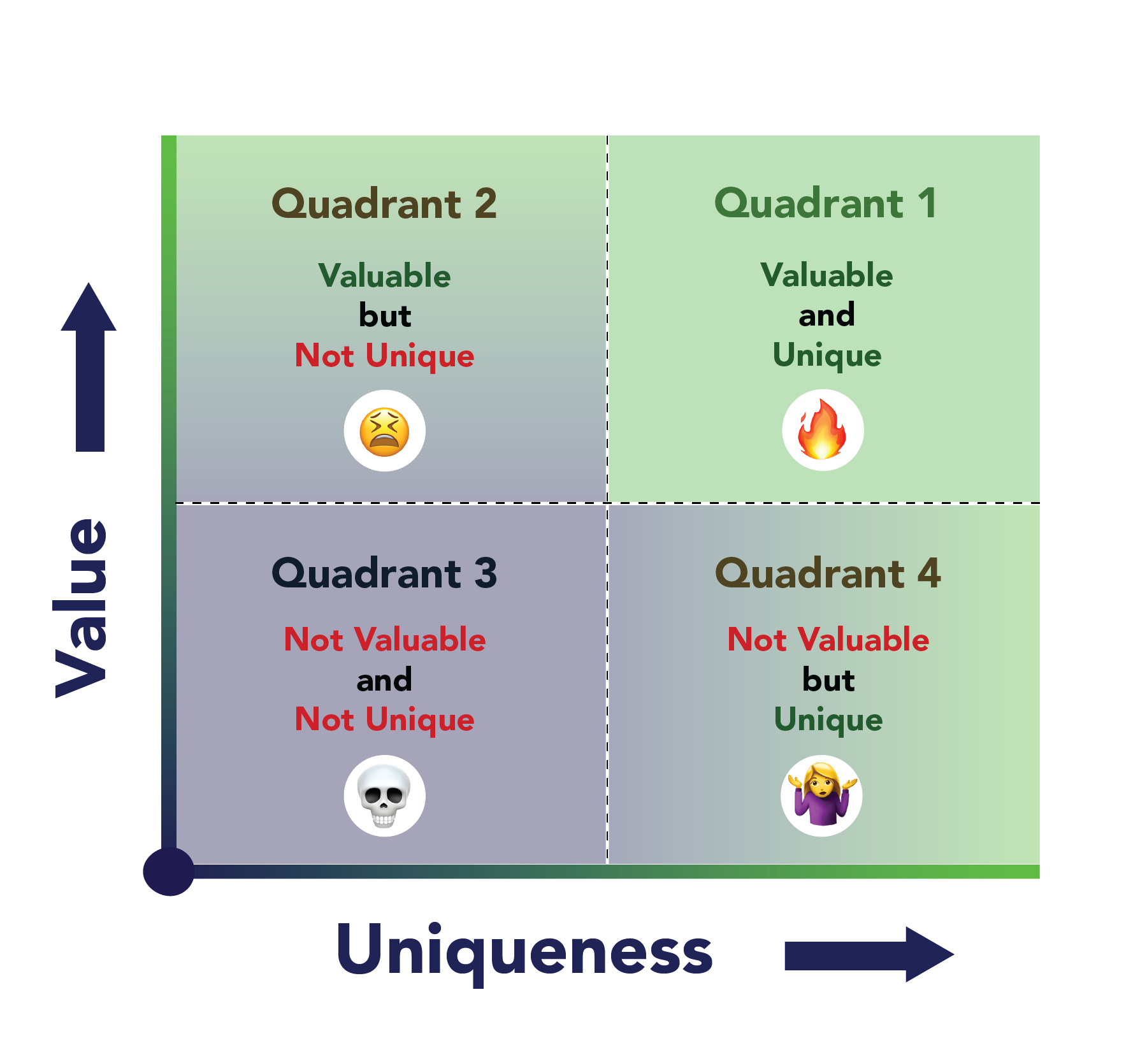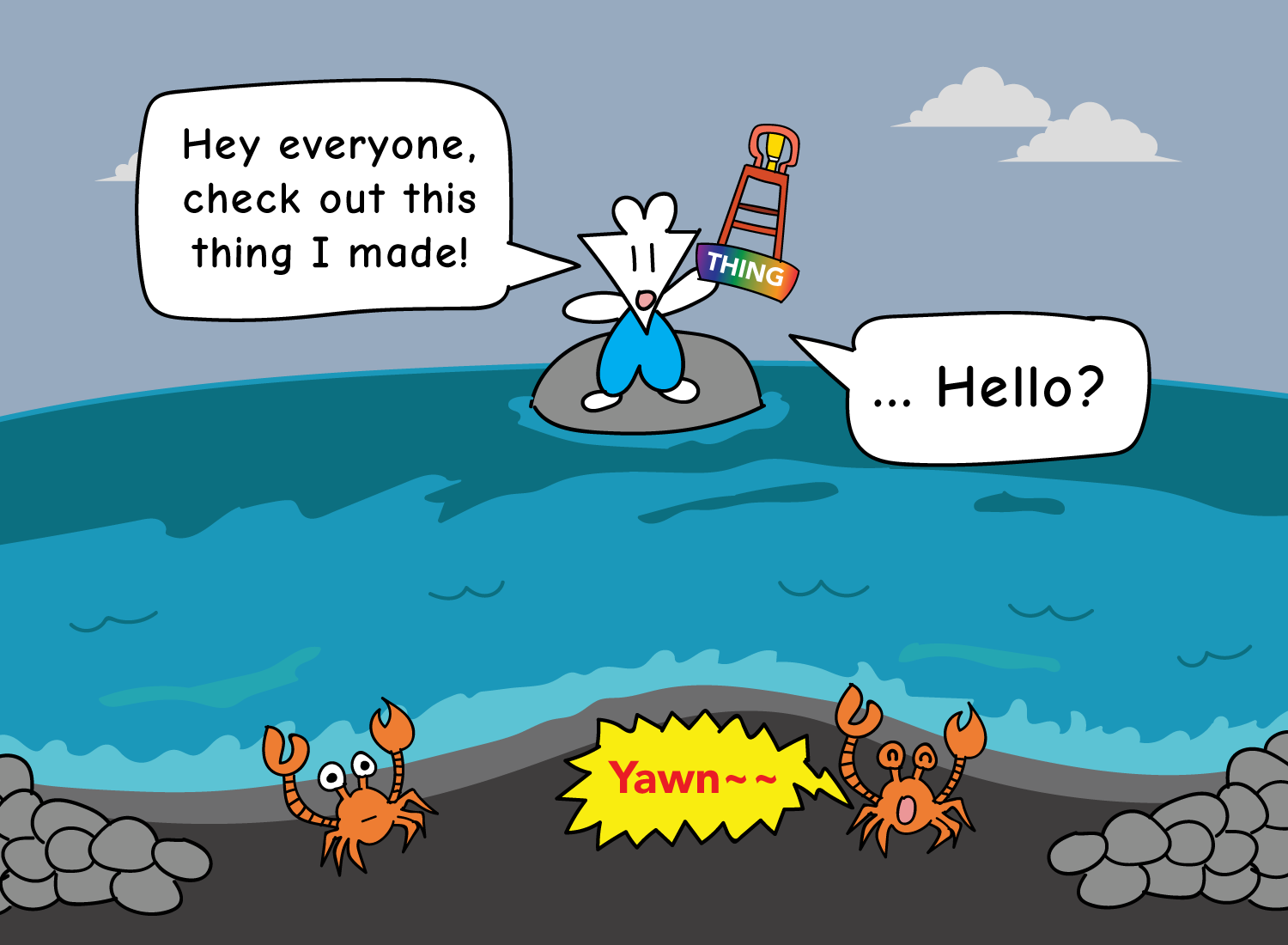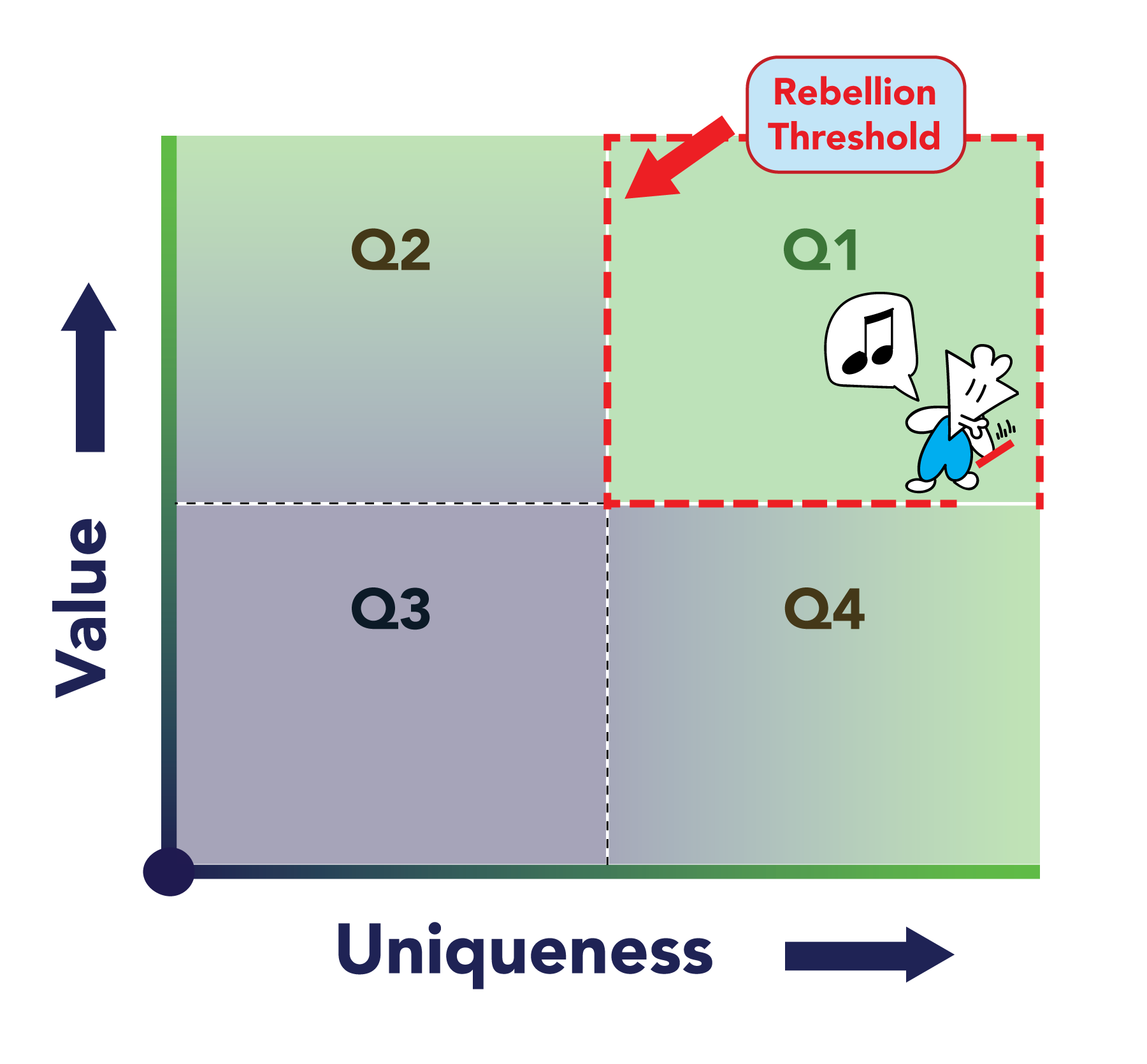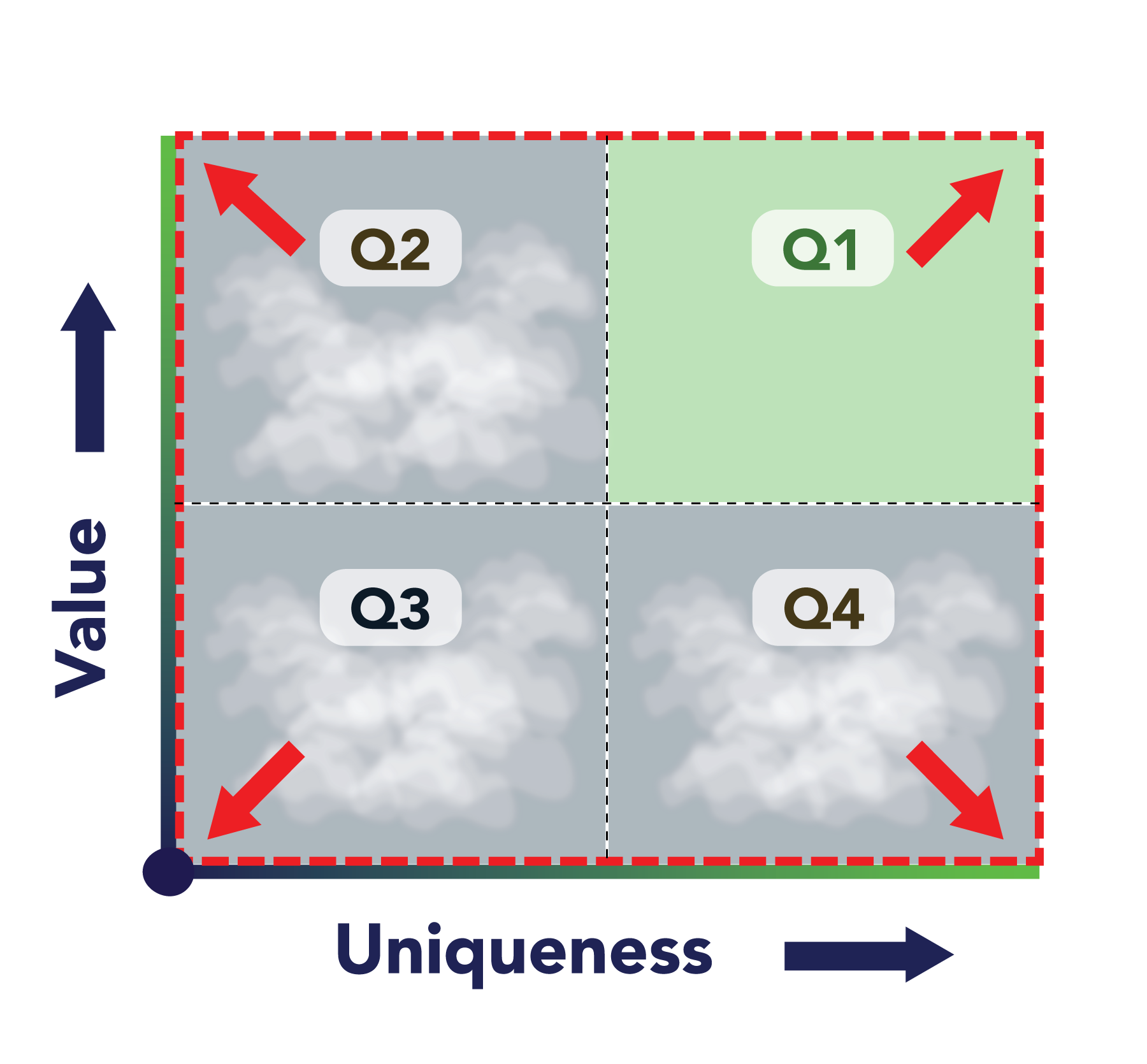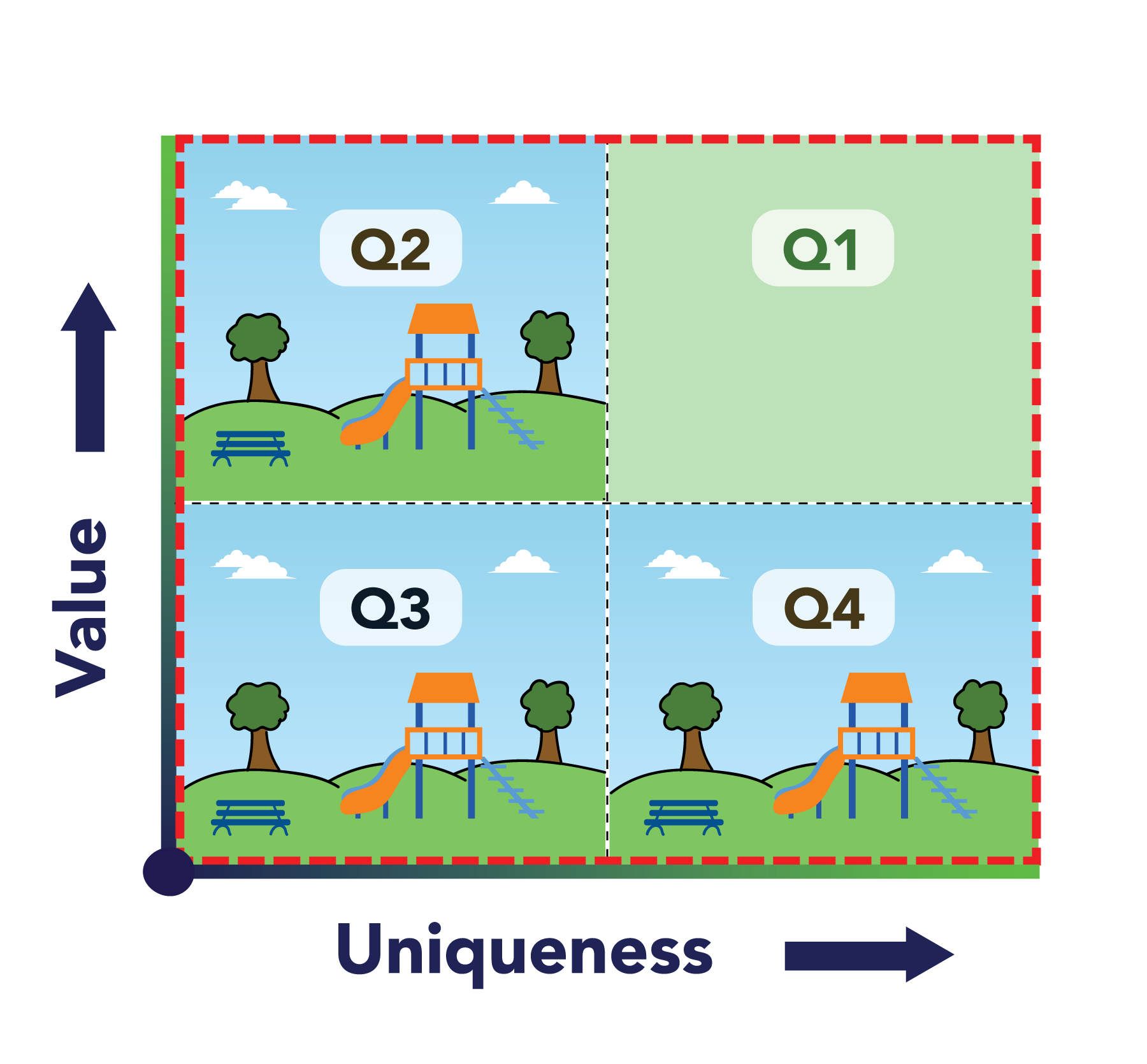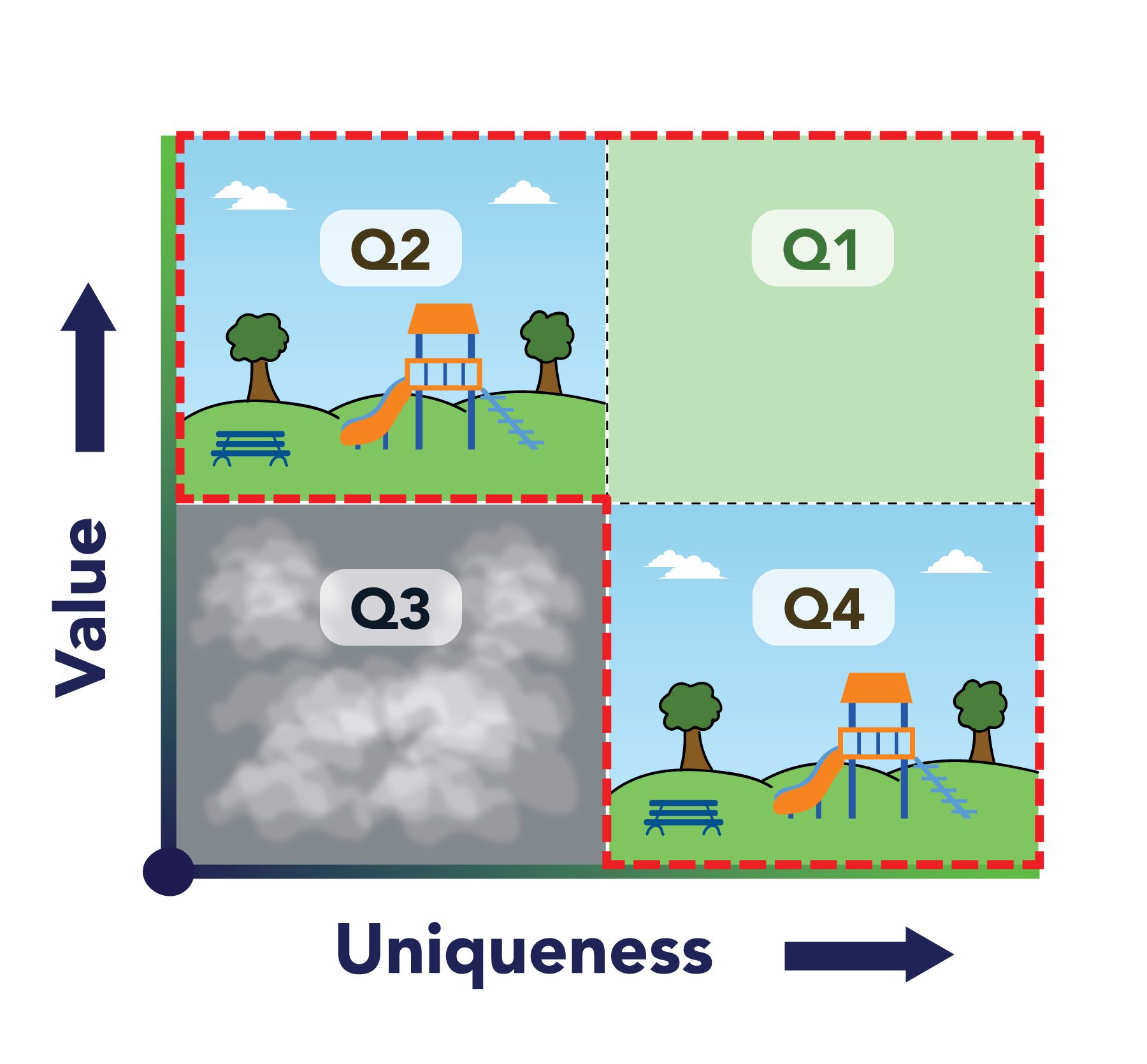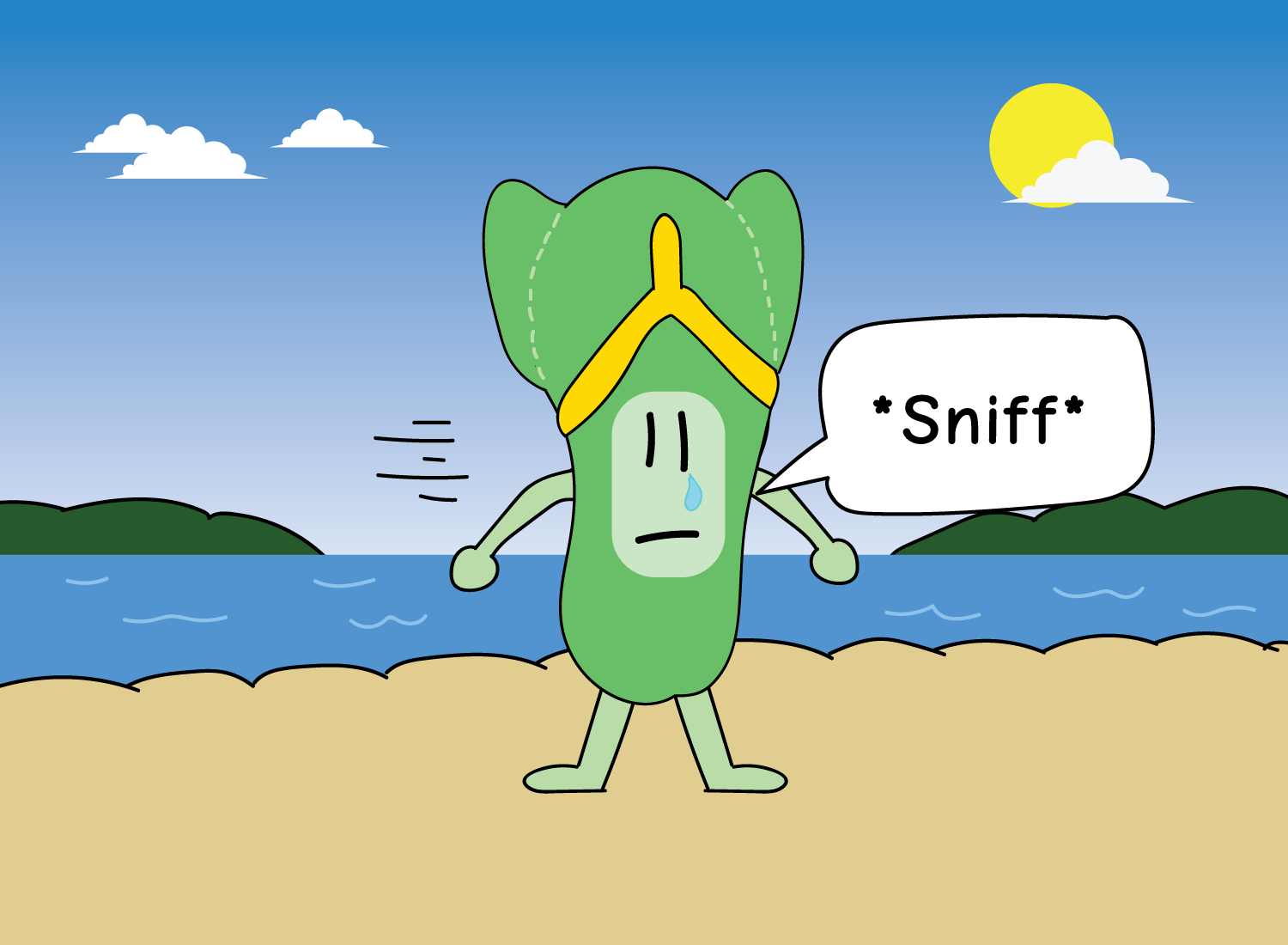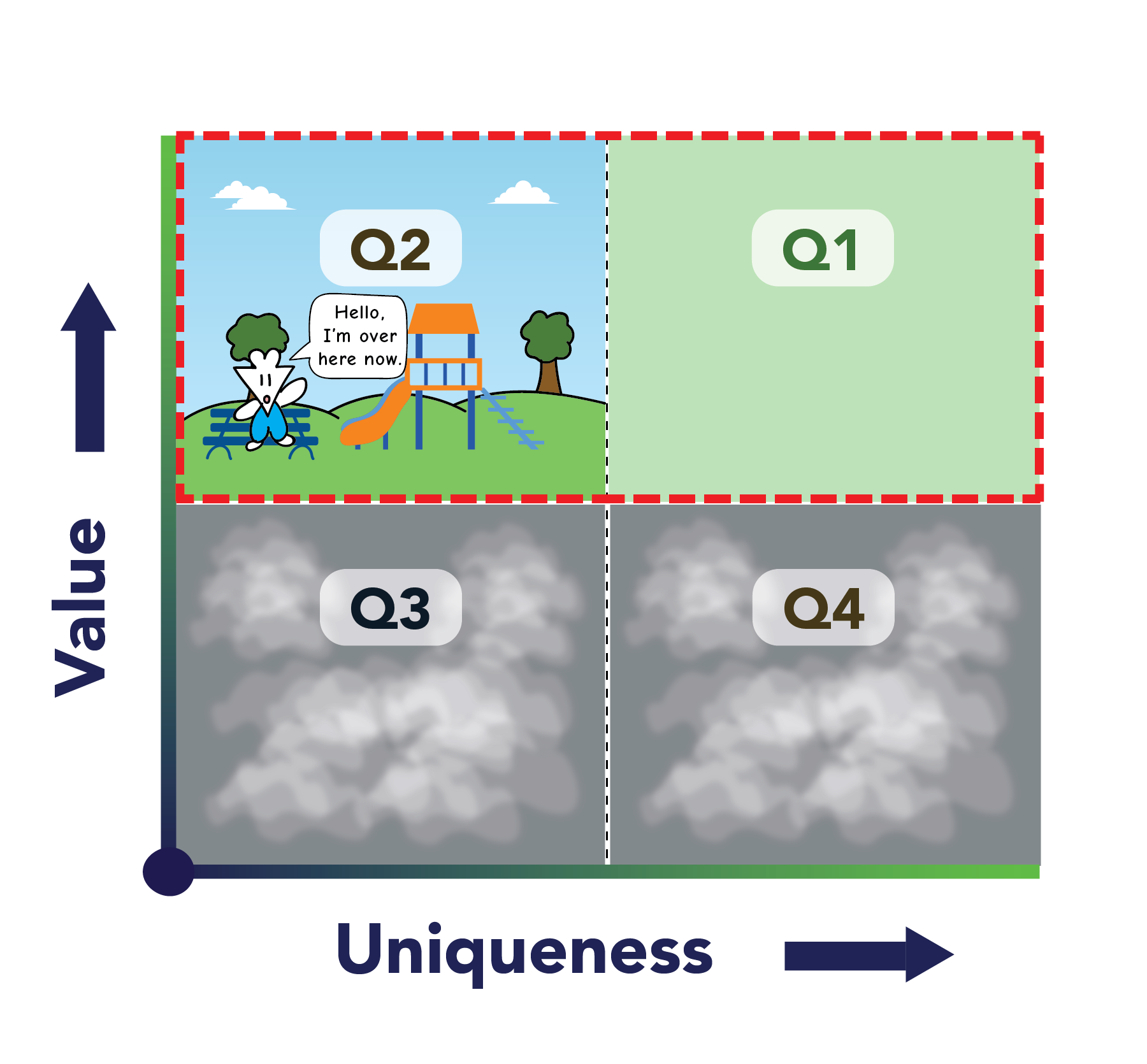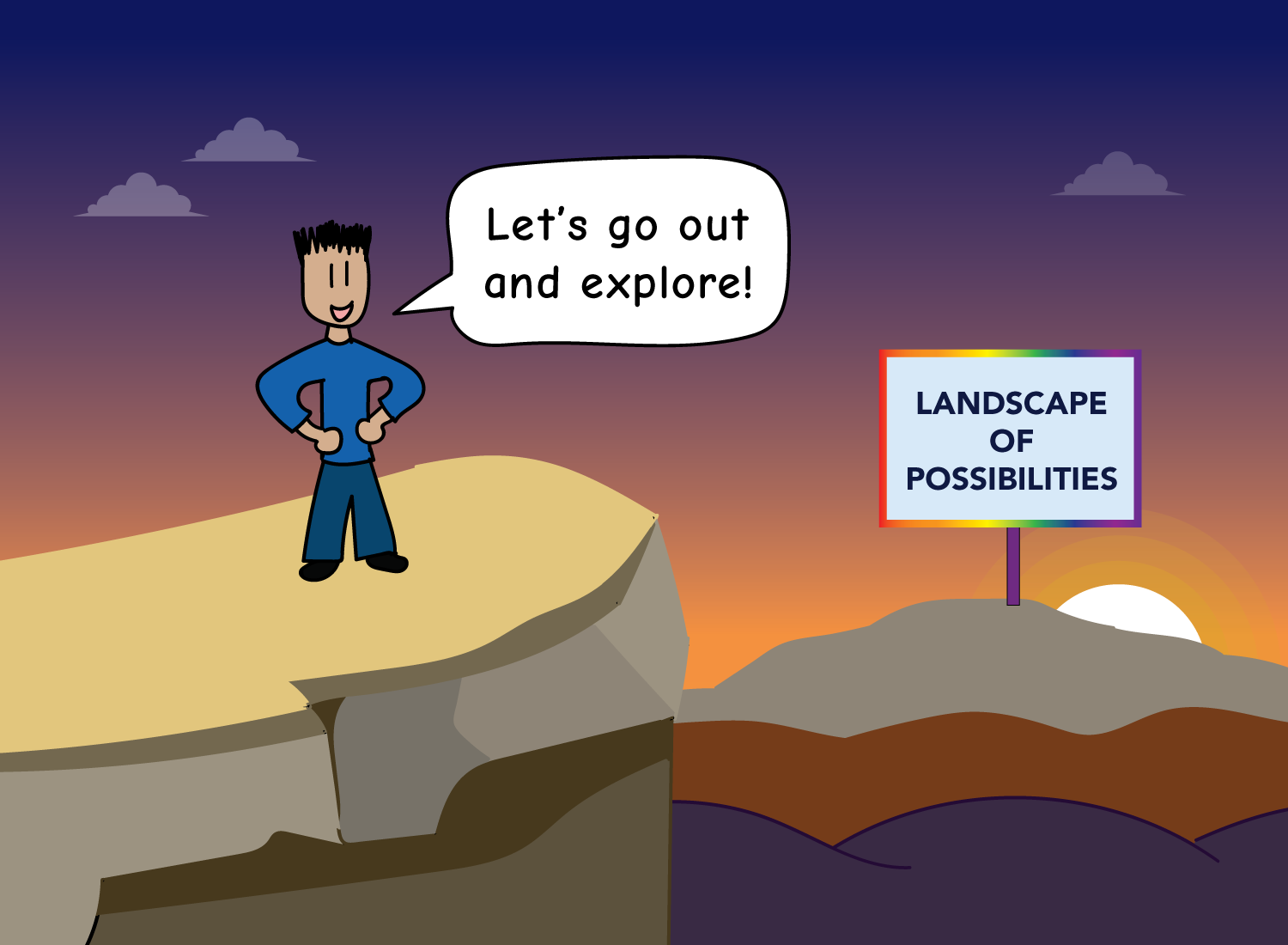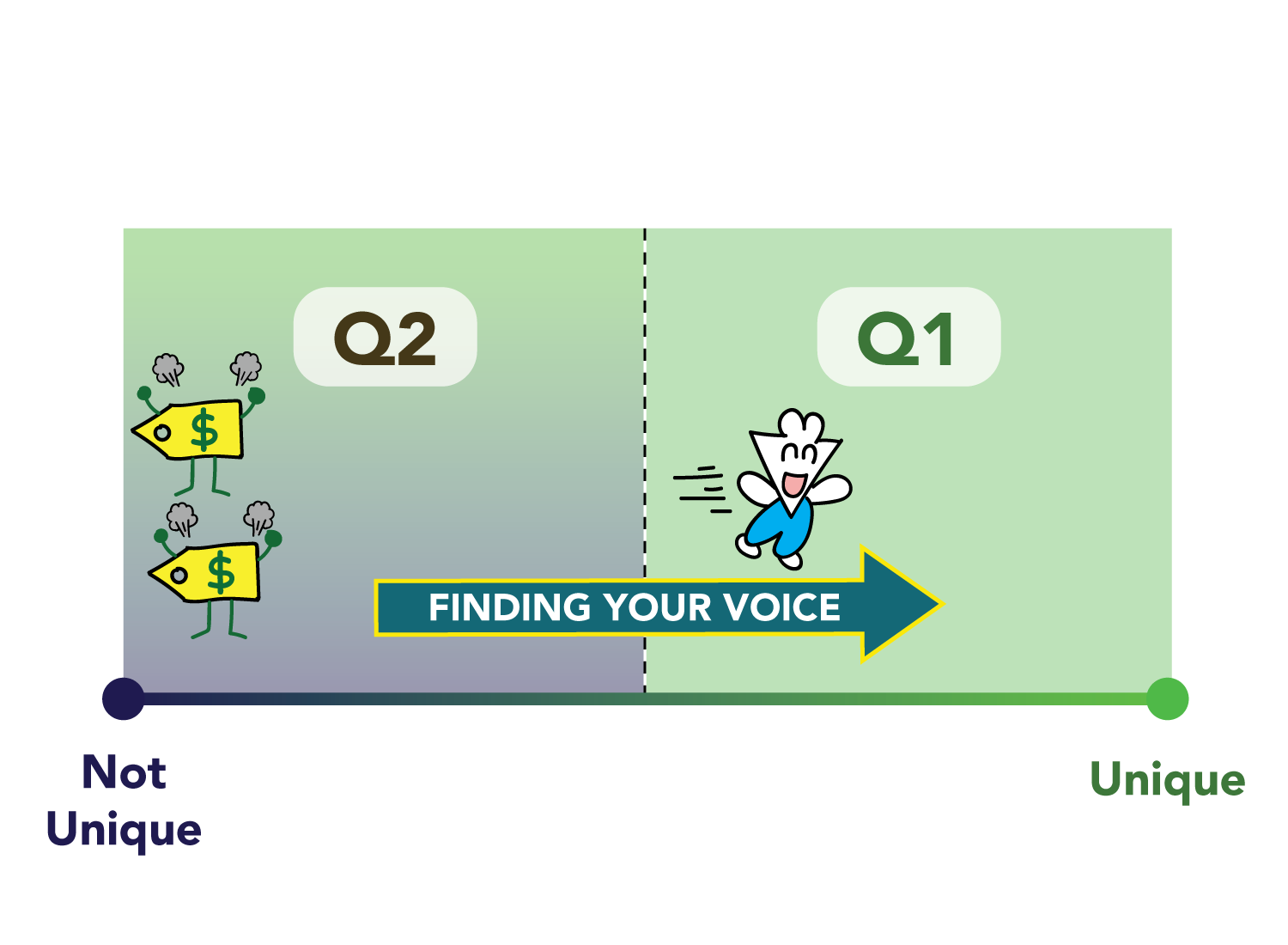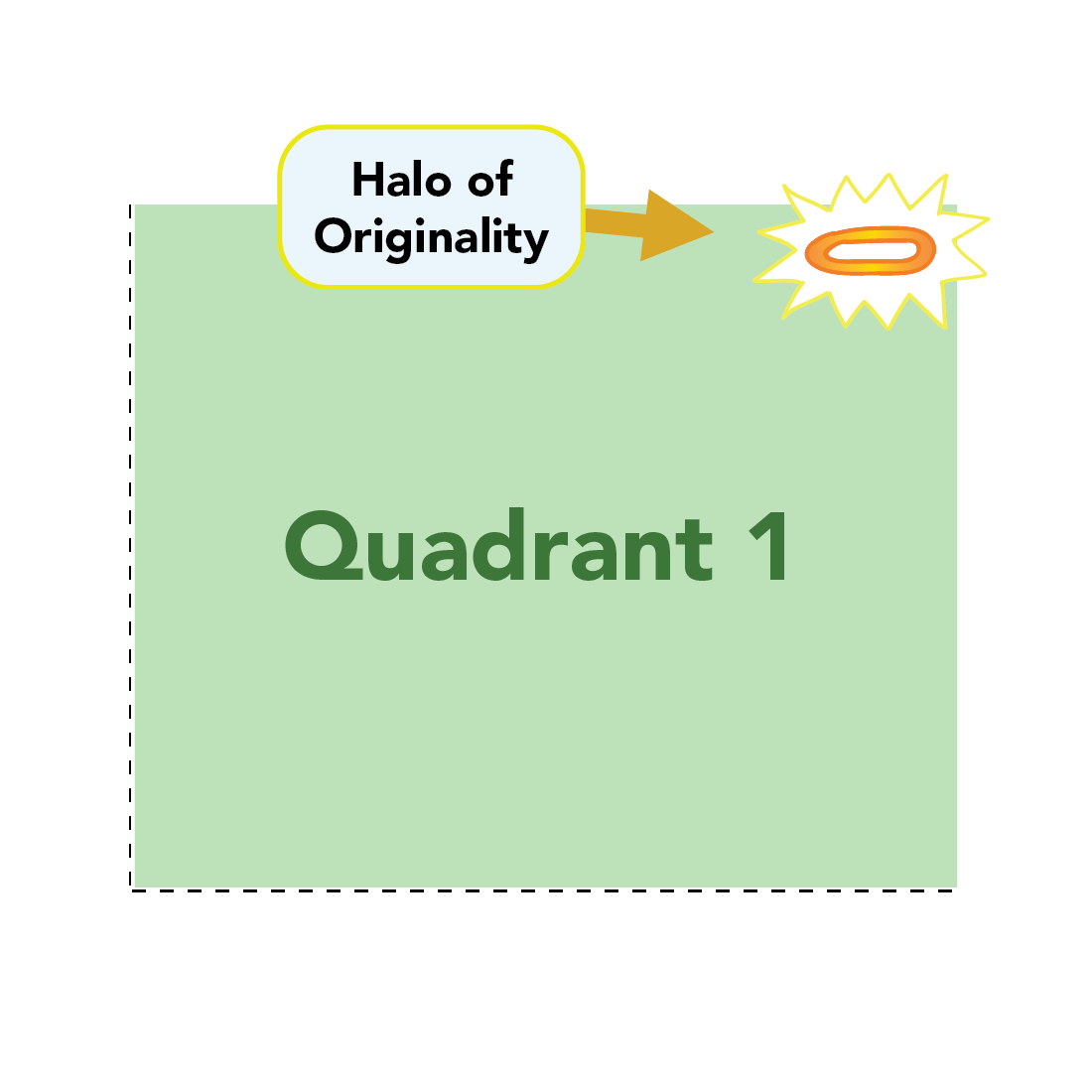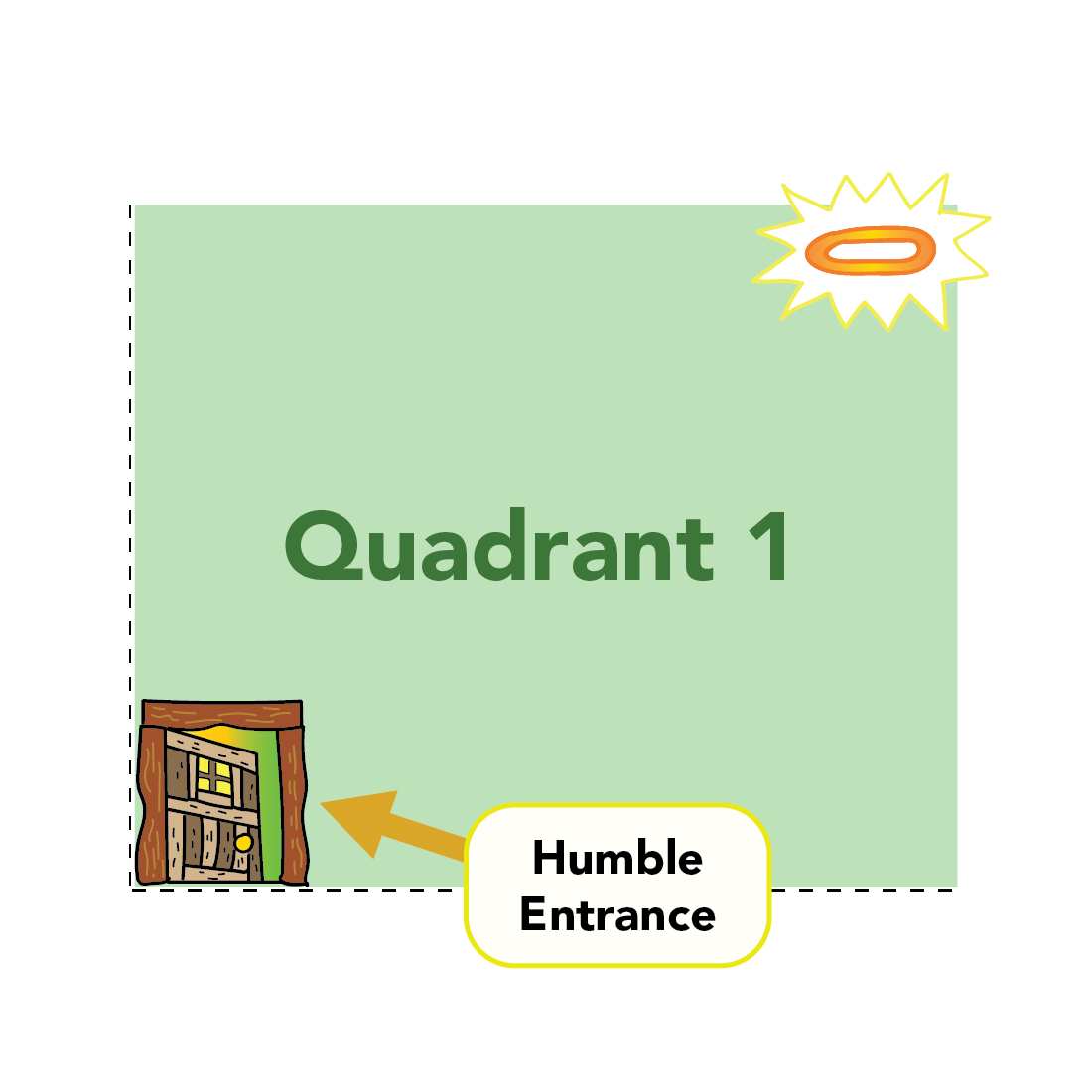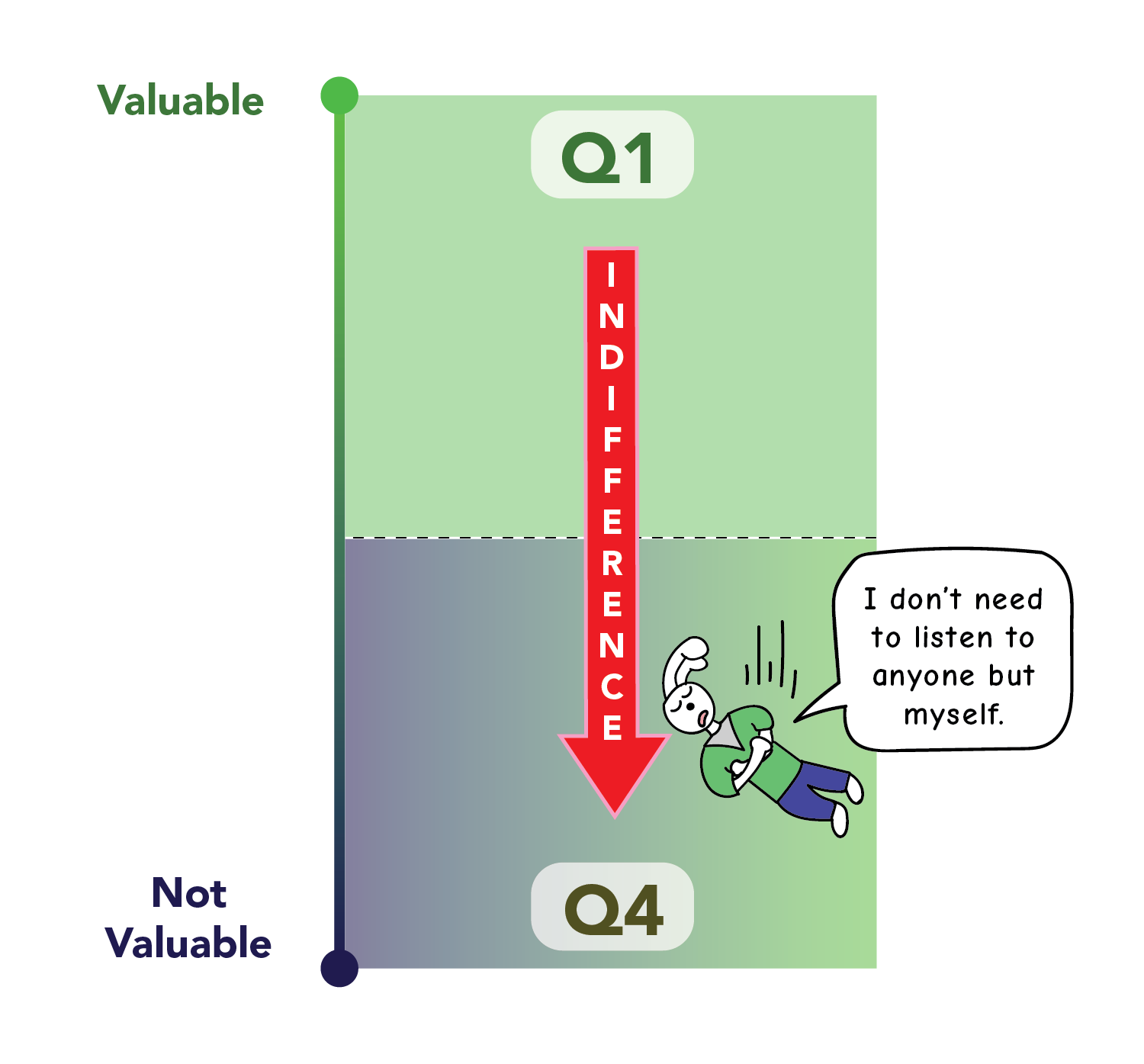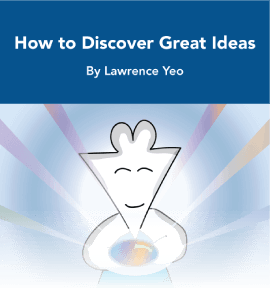The Creator and the Crowd: Originality’s Balancing Act
Well, I finally did it.
After years of having it on the shelf, I recently finished Yuval Noah Harari’s Sapiens, a book that’s been on Amazon’s bestseller list for a ridiculous 100+ weeks. For those unfamiliar, Sapiens is a summarized account of humanity’s entire existence, from our humble beginnings in East Africa to our relentless takeover of the entire planet.
No easy feat, but someone was bound to tackle it.
Despite the daunting task at hand, Harari delivers masterfully. His ability to punctuate dense historical events with colorful commentary makes for a great read the entire way through.
However, this post isn’t going to be about Sapiens, and won’t make any mention of its content either. There are many, many blog posts out there that quote it extensively, so thankfully, this won’t be one of them.
Instead, I want to delve into something a bit more personal: why it took me so long to read it, despite having owned the hardcover version for two years.
I learned about the book’s premise in 2017, which made me order it right away. I breezed through the first two chapters when it arrived, but then left it on the shelf for another two years before I picked it up again.
When I think back on it, I didn’t put it down because it was shitty or boring – in fact, the first two chapters are brilliant and set the tone for the entire book. Instead, I found myself putting it away for a more selfish reason: the hype around the book was getting ridiculous, and its mass adoption seemed to signal that it just wasn’t “unique” enough for me to read anymore.
President Obama wanted everyone to read it. A film adaptation directed by Ridley Scott was in the works. Over eight million copies of the book had been sold.
The book was a blockbuster hit, and I was hearing too much about how “mind-blowing” and “life-changing” it was (“paradigm-shifting” is another one of those words that fit here). Sapiens fell under what I call the Law of Checking Shit Out, which is best explained by this graph:
Interestingly, this law tends to apply to the things you care most about, and won’t apply to things that don’t. For example, I find myself being put off by a book if it’s been recommended too much, but will go to the most-recommended place to buy affordable clothes. The quality of books I choose to read are really important to me, whereas the clothes I wear… not so much.
While this law may not apply to book recommendations for you, it likely applies to another interest that you deem important. If you’re really into independent movies, constantly hearing recommendations about that one “breakout” film will likely put you off from watching it. If you’re an audiophile, that #1 pop song playing in 50+ countries will make you roll your eyes and cover your ears.
The irony, however, is that without any recommendations, you wouldn’t know what’s worth checking out in the first place.
No matter how much of an “independent-thinker” you think you are, the reality is that you rely on others’ opinions for almost everything you do in life. Unless you sew your own clothes, harvest your own crops, and build your own smartphones, your ability to choose the things you do are confined entirely to outside forces that have pre-selected the options for you.
Your choice of detergent is limited to the options that the supermarket has narrowed it down to. Your restaurant preferences are limited to the number of places that have decided to set one up. The ideas you believe in are the result of you being made aware of them by other people.
You cannot be interested in something if you’ve never heard of it in the first place, which is why the Law of Checking Shit Out always starts at the coordinates of (0,0):
But things change quite dramatically when you hear about something for the first time. Depending on how the recommendation was delivered, your interest in the thing can skyrocket:
Or it can plummet into the abyss of indifference.
The first recommendation is usually the most poignant, and if it was a strong one (or from someone you respect), subsequent recommendations have a solid foundation to stack on top of, and your interest grows accordingly:
It was at this point where I decided to buy Sapiens. I heard about it through some close friends and a few podcasts I listened to, and since these voices were reliable, I thought the book would be worthwhile.
Then, of course, the celebrity endorsements started showing up, and it seemed like the whole world was reading it. That was when the interest started to drop.
The point at which interest drops as hype grows is what I call the Rebellion Threshold:
The Rebellion Threshold is the point where the judgment of the masses can no longer dictate your preferences. This is when you say that a popular song is played out, a buzzing film is overrated, and a highly-rated restaurant isn’t worth the wait.
As the name suggests, crossing this threshold is a sign of rebellion against the crowd’s recommendations. Depending on the strength of your interests, the Rebellion Threshold can be lower (less inclined to go with the crowd) or higher (more inclined to go with the crowd). Since my Rebellion Threshold for books is on the lower end, Sapiens rapidly lost its appeal after I heard of its widespread praise.
So after taking a break, I decided to pick the book back up earlier this year and read the entire thing. Harari had moved on to promoting his new book, and the hype around Sapiens seemed to have died down. My Rebellion Threshold relaxed a bit, so this was a good time to finish the book that everyone found so fascinating.
As I turned the pages, Chapter 3 became Chapter 4, Chapter 4 quickly became Chapter 7, and days later, I was almost done with the book.
Throughout each reading session, I found myself thinking the same thing:
To put it simply, the book is fantastic. To be able to condense 70,000 years of humankind into ~450 pages is one thing; to captivate a reader’s attention through all of it is an amazing feat.
It turned out that everyone was right. The masses were wise to recommend this book, and it really did offer something that was special. I made the mistake of associating its widespread adoption with a dilution of its content, and my low Rebellion Threshold made me discard it too easily.
Sometimes we try so hard to find the new thing to watch, read, or cook, only to overlook the amazing thing the masses have already discovered. The market forces that propelled this book to the top of bestseller lists had a good reason to do so, and in this case, I was naive to ignore them.
It’s part of our nature to hate on the hype and direct our attention to the hidden gems instead. This is because our tastes and preferences don’t just drive the things we buy, they also signal our capacity for originality. There’s something special about singing the praises of a movie no one has ever watched; it almost makes you feel like you had a hand in creating the film itself.
But often times, the masses can be a great source of discovered wisdom, and our inclination to ignore it can bite us in the ass.
While this was true for my initial refusal to read Sapiens, the consequence of this was somewhere between minimal and non-existent. Aside from a small regret of not having read it earlier, my little rebellion against the crowd yielded no real negative impact on my life. As a consumer signaling originality through purchasing decisions, mistakenly ignoring the masses won’t cause long-term distress and harm.
However, this obsession with originality can have much greater consequence when you’re trying to create something. When you set out to make something worthwhile, the one law we tend to operate under is to create something unique. After all, if what you make isn’t novel and differentiated, then you don’t have a product or service that is worth people’s attention.
Here’s how originality is commonly mapped:
Looks pretty simple, right? Something like an office chair would fall to the left side of this spectrum, while a space rocket with reusable boosters would go to the right. When looking at those two examples, it sounds perfectly reasonable to categorize the latter as original, and the former as not.
This equating of a product’s originality to its uniqueness falls under what I call the Ford definition of originality. It’s summarized by this quote that is loosely attributed to Henry Ford:
This quote was referencing Ford’s decision to produce the Model T (the world’s first affordable automobile), instead of iterating on the things that were already being used for transportation (horses). It is emblematic of the idea that making something entirely new is the true path to originality, and that as a creator, you need to give the public something they don’t even know they need yet.
This idea is similar to our desire to resist the crowd’s tastes and preferences, but from the side of the inventor/creator. To make something original, you must move away and rise above the desires of the crowd.
What is missing from this quote, however, is that Ford didn’t invent the gasoline-powered automobile, interchangeable parts, or even the famed assembly line that he’s known for adopting. These things already existed, and people were already out there driving cars – they were just unaffordable to the general public. His genius was not in creating a car that people had never seen, but in making a car that many people could actually buy.
While the Model T is certainly an original product, it’s not the uniqueness of it that made it original. If Ford instead came out with a gasoline-powered pogo stick that allowed you to travel at one-hundred jumps per minute, that would arguably be a more unique product, but the public wouldn’t have any existing foundation to ground that idea on. A unique product with no recognizable foundation doesn’t make it original – it just makes it stupid.
The Model T was original because it was both unique and something that people already wanted.
The most original products we can think of in recent times reside at this intersection as well. The iPod worked because it was a unique way of playing and storing something that already existed (digitalized music). Tesla was able to do this with electric vehicles by focusing on design first, as people have always loved beautiful cars. The (current) holy grail of technology – the internet – was a unique solution to our age-old desire to communicate with other human beings (and of course, the faster, the better).
All of these examples make one thing clear: uniqueness is not enough to make something original. We need to revise this singular spectrum of originality…
… by adding in another axis that paints the full picture.
Entrepreneur and investor Guy Kawasaki says that this axis “measures the value of your product.” It represents the marketplace of ideas, or the perceived usefulness of your creation by the masses. The higher something falls on this vertical axis, the greater its likelihood of being spread.
Without the value axis, we have only one side of the story. The uniqueness axis represents the mind of an inventor, the work of an artist, or a team focused on building a great product. It’s largely an isolated endeavor, with the creator trying to make something awesome that stands out above the noise.
The value axis completes the equation by representing everyone else. This axis doesn’t care about all the weeks you spent brainstorming or discussing the next phase of your product; it just cares about the presented result. It’s the collective response to what you have built, and without it, your creation ceases to exist.
Ignoring the existence of the value axis is like my naive dismissal of the response to Sapiens. Without understanding what the public has already deemed valuable, it’s impossible to know what the baseline level of quality and originality is for the work I want to do.
This constant dance between the creator and the crowd yields some interesting dynamics. Kawasaki illustrates each of them by dividing the axes into four quadrants:
Since we’re currently in the age of the emoji, let’s add some of those suckers in there as well:
Quadrant 1 is the hot spot. You’ve created something truly unique, and the market has assigned value to it. This is where originality thrives.
Quadrant 2 can be a stressful place. You’re selling something that people already need, but there’s nothing new about your product. As a result, you will have to compete with others based on things that don’t have much to do with your creation, which includes stressful things like price. Your product isn’t unique enough to do the talking, so you’ll have to let other external factors speak for its value.
Quadrant 3 is the valley of death. You don’t want to be making anything here.
Quadrant 4 is a place of indifference; you’ve made something interesting, but nobody cares. This is what happens when you’re too obsessed with making something unique, and ignore the fact that there’s no market for what you’ve created. When you arrogantly dismiss the preferences of others, you will end up here.
The obvious takeaway is that Q1 is a fantastic place to be. What’s not so obvious, however, is what it means to actually be there.
When you’re first starting out, everything is fair game, and whatever you’re working on seems unique. There’s a problem you want to solve, and you believe you’ve created a solution that only you can provide. On top of that, if the actual product is just as good as what you’re envisioning, you’re certain that the market will reward you handsomely.
There’s nowhere to be but Q1, and you sure as hell won’t settle for anything less. After all, that’s where all the great creators live.
However, when you create solely for the pursuit of originality, you are bound to get limited results. Remember the Rebellion Threshold – the force that turns you away from the preferences of the masses once you cross it? It exists here too.
Our obsession with creating something unique and valuable causes us to build a Rebellion Threshold around Q1, and makes all the other quadrants look like terrible places to be. We grow fearful of being in a position where our creation isn’t as unique as we thought it was, or that no one cares about the cool thing we made. We become stubborn and refuse to cross the threshold and venture outside, as everything else looks like bleak graveyards of creativity.
However, this ignores two important things:
(1) originality is iterative, not static, and
(2) no one really starts in Quadrant 1 to begin with, so you better start exploring.
Originality is largely an exercise in experimentation, and this means that the entire field must be accessible. Sure, Q1 is where we want to end up, but how will we know we are there without knowing what works and what doesn’t? The tricky thing about originality is that we must first increase the breadth of experiences to narrow in on the thing that ends up working.
To start, we must expand the confines of our Rebellion Threshold to encompass the whole field.
Now that the other quadrants are accessible, they cease to be scary graveyards. Instead, they become playgrounds for ideas.
When you give yourself permission to explore these other areas, originality is no longer the goal, creative freedom is. As a writer, your goal is no longer about finding a topic that no one’s ever touched, it’s simply to sit down and write. As an entrepreneur, it’s not about creating a new product that will revolutionize the world, it’s about building the very first version that a few people might use.
Finding your creative voice is about being keenly aware of where you are in this field, and understanding how people are receiving your work. Through this feedback loop, you can then narrow your Rebellion Threshold to exclude the other quadrants, and eventually find yourself in your niche, your zone.
It’s important to understand, however, that all playgrounds are not created equal. In the path to originality, it’s crucial to close off certain quadrants faster than others, and conversely, to spend more time exploring certain areas than others.
The first area you want to close off is Q3 – not unique and not valuable. In Kawasaki’s words, if you’re operating here, “you’re a dummy.” No one should be copying a boring product that no one cares about. This is like emulating the style of a terrible writer that no one reads. The hope is that common sense keeps you away from here rather quickly.
The next area you want to close off is Q4 – unique but not valuable. This may be a difficult thing to hear for those who put persistence as their #1 value in life, but vigorously working on something with no market is a shitty experience. No matter how unique and awesome your work is, if no one finds your entire genre of product worthwhile, it just doesn’t matter. Your 7-toed sandal can be the highest quality 7-toed sandal out there, but sadly, no one gives a fuck about 7-toed sandals.
Q4 is tricky because many of us have subscribed to the Ford definition of originality. While it’s plausible that an obscure product can create its own market, it’s unwise to start here.
First off, it’s ridiculously difficult (if not impossible) for your creation to be the sole pioneer of an unforeseen gold mine from Day 1. Not even the iPhone, the bestselling product of all-time, was created with the goal of creating its own market. The iPhone was initially introduced as a superior smartphone in a sea of existing smartphones; it was only later that the App Store created the unforeseen market of third-party app development and distribution.
Second, ignoring the wants of the marketplace is not only foolish, it’s expensive. The hubris of telling everyone to fuck off comes with a hefty price tag – not just in money but also on the time required to educate the public. Remember, creating something original also means making something familiar enough for people to find valuable. Without that, you have an unprecedented hill to climb.
Lastly, I have a feeling that most of you aren’t trying to create something that will dramatically alter human history. Maybe I’m totally wrong, but I’m assuming that most of you aren’t working on projects like creating sentient AI or finding ways for humans to become immortal (if you are though, please email me, I’d love to hear about your crazy life). Most of us are just trying to find our voices as writers, artists, employees, entrepreneurs, and other humble nouns that embody a creative spirit. Fortunately, we have a shitload of existing resources in the form of people, books, blogs, etc. that can guide us through the things that have worked well in the past, and the things that thrive today.
This abundance of accessible information gives us everything we need to move up the value axis, and into Quadrant 2 – not unique but valuable.
When you’re looking for a place to start, being on the upper end of the value axis is much easier than being on the right side of the uniqueness axis. Building a unique product is both time- and resource-intensive, as it’s solely up to you (or your team) to make something differentiated. Making something valuable, on the other hand, can be done by surveying the existing landscape of other people’s successes, and using that as a point of reference for your own work.
The question to start with is: “Who has already made something great in an endeavor I care about?”
The decision to venture into a craft is rarely made independently. Our interests grow because we learn that our tastes are validated by the successes of others with very similar preferences. Knowing that there is a successful representative of your tastes out there is empowering, as you don’t need to question whether or not your interests have a market.
This is why a common exercise in music education is to have the student start by recreating the songs of an artist they love. This is usually an artist that has already found his/her niche, so the student knows that this person’s work is valuable. Since they’re simply recreating an existing work, there’s nothing unique about it, but this exercise does place them in Q2 as a starting point.
There are certain endeavors where recreating or employing an existing piece of work is a good place to start. If you want to be an investor, you can start by simply following the advice of established investors. If you want to be a ceramicist, watching a step-by-step tutorial video on wheel throwing can help familiarize you with the mechanics.
However, there are other endeavors that aren’t as straight-forward. Writing, for example, is one of them. You can’t start by copying and pasting the work of an author you admire, publish it, and state that you’re just “testing how the craft works.” That’s plagiarism, and one count of that is enough to derail you.
To start at Q2 for something like writing, you have to view existing work as a broad template for what is possible. It’s not the precise combination of words and sentences that make it influential; it’s the overarching style and architecture of each post/article/book that points you to what works.
For example, More To That is the result of my interests and influences converging to indicate that this was a project worth running. I’ve always enjoyed writing and drawing, but it was blogs like Hyperbole and a Half and Wait But Why that showed me a sizable hunger existed for long-form, illustrated posts. These sites were good guideposts for what was possible, but it was now up to me to create the content that signaled my unique voice as a writer and illustrator.
Unlike the other quadrants, Q2 is actually a good place to play around in for a while. This is your opportunity to take valuable ideas, deconstruct them, re-combine them, and inject your own voice to create something wholly unique. It can certainly be stressful, but that’s the point. You need to continue experimenting with various styles, aesthetics, and techniques to understand what makes your creation so different.
The goal is to make horizontal progress with each iteration, heading toward Q1 with each piece of content. This move is commonly known as “finding your voice,” which allows you to break out of the saturated market you’re operating in. While Q2 is a good playground, you don’t want to stay in there too long. The longer you’re there, the more your work blends in with everything else, which no longer makes you discernible from the noise. Proactive efforts must be made to differentiate yourself, or else you’ll find yourself competing with others on thoroughly unoriginal things like price.
The effortful intention to find your voice in a valuable market is what leads you to Quadrant 1. Not only have you listened to the preferences of the audience, you have also created a unique niche for your work. This is where truly original stuff is produced, and if you continue refining your voice by creating more content, you may end up with something amazing.
Operating in Q1 is a privilege in itself, but there are some additional mechanisms at play here. For example, there are some creations here that occupy higher planes than others. At the upper-right hand corner of Q1 is the Halo of Originality:
This is where something is so unique and valuable that it is responsible for the creation of entirely new markets. Uber did this with ride-sharing, Michael Jordan with athlete-branded shoes, Google with ad networks, and so on. These are certainly anomalies in the landscape of possible creations, but they do exist.
In the lower-left hand corner of Q1, on the other hand, is the Humble Entrance. When you cross the threshold of this simple wooden door, that means that you might be onto something special. It’s when you start seeing your email list grow, your songs reach more listeners, your dishes garnering more interest. Your voice is still developing and you know you’re operating in the right space; you just need to keep going.
However, once you’ve crossed the Humble Entrance, that doesn’t mean you can’t go back to any of the other quadrants. The door is flimsy because the crowd’s preferences continuously change, and the behavior of the creator is also in flux as well. In fact, Q1 creators and companies move into the more unfavorable areas all the time.
A horizontal move in the wrong direction happens when Q1 occupants become complacent. They’ve seen immense success in something they’ve created, but rather than re-inventing themselves, they try to follow the same formula over and over again. Their products become far less unique, and instead they rely on the value of their brands to keep them going.
Apple is often accused of this when it comes to iPhones, which is translating into decreased sales volume for their flagship product.1 We also see this with musicians all the time; a band will come out with a breakout hit, only to have every subsequent song maddeningly sound the same.
A vertical move in the wrong direction happens when Q1 occupants become too indifferent to the crowd. They stop paying attention to what made their work so lovable in the first place, and while they think they’re making revolutionary stuff, everybody just kind of stops caring. We’ve seen this with terrible follow-up albums by talented bands, panned sequels to blockbuster films, and failed product launches by otherwise reputable companies.
As with most things in life, there is a delicate balance at play here. Creating something original requires the dedicated effort that only you as an individual can provide, but you need to be fully aware of the crowd to get a sense of your work’s value. Rely too heavily on the masses, however, and you will become just another stencil in an ocean of voiceless creators. The goal is to reside somewhere between the Humble Entrance and the Halo of Originality, while avoiding the traps of complacency and indifference that can take you to the other lands.
Originality is a long, iterative process, and it doesn’t start nor end in Quadrant 1. It’s a journey that requires you to delve deep into your interests, pay attention to the crowd’s preferences, and refine your voice as you go. Just remember that whenever you’re in any of the other quadrants, there’s no need to freak out – it simply means that it’s time to explore, experiment, and revise your approach.
The road to originality isn’t easy, but that’s what makes it so much fun. The challenge is undoubtedly the best part, and that alone makes the whole endeavor worthwhile.
_______________
